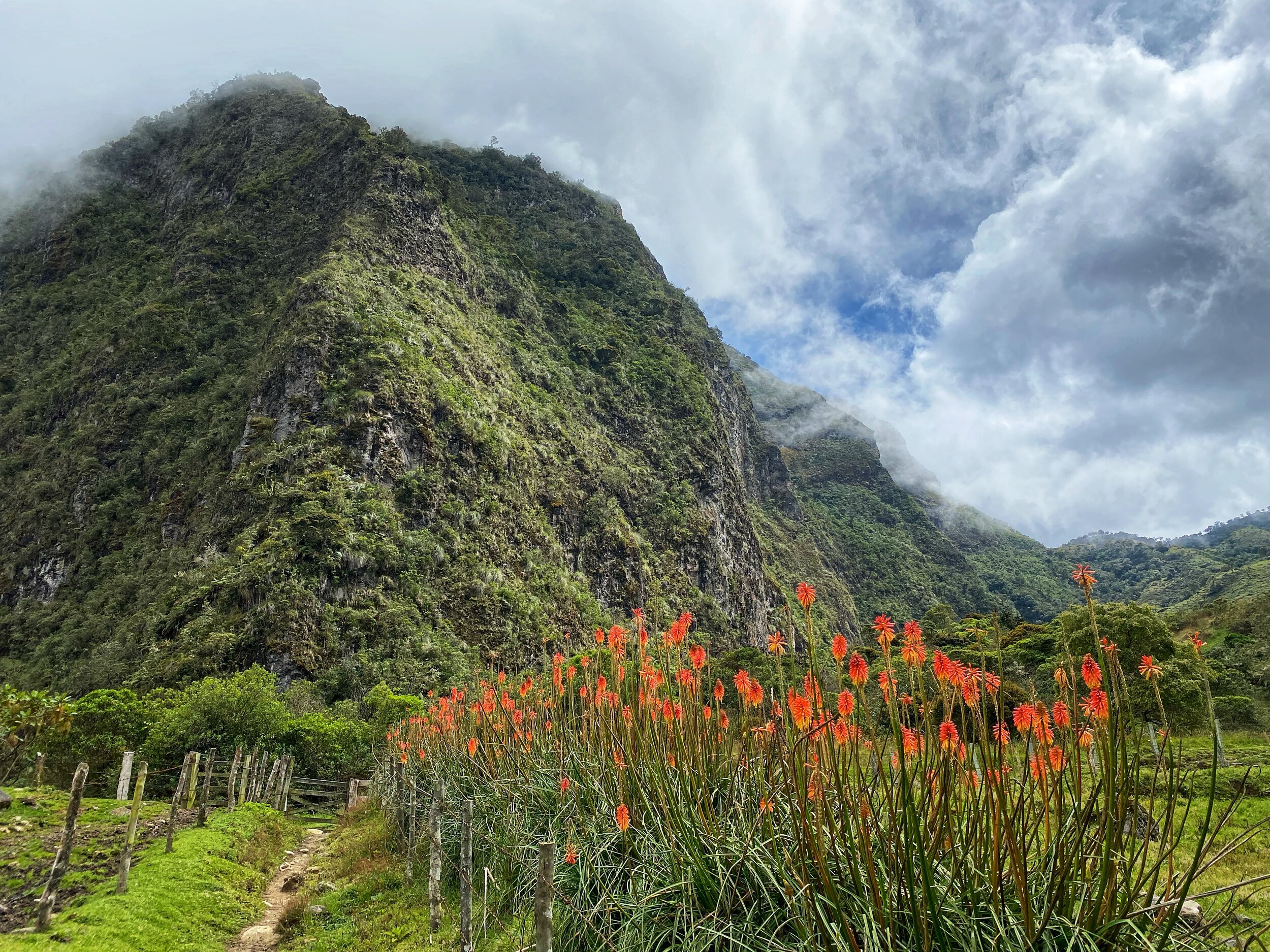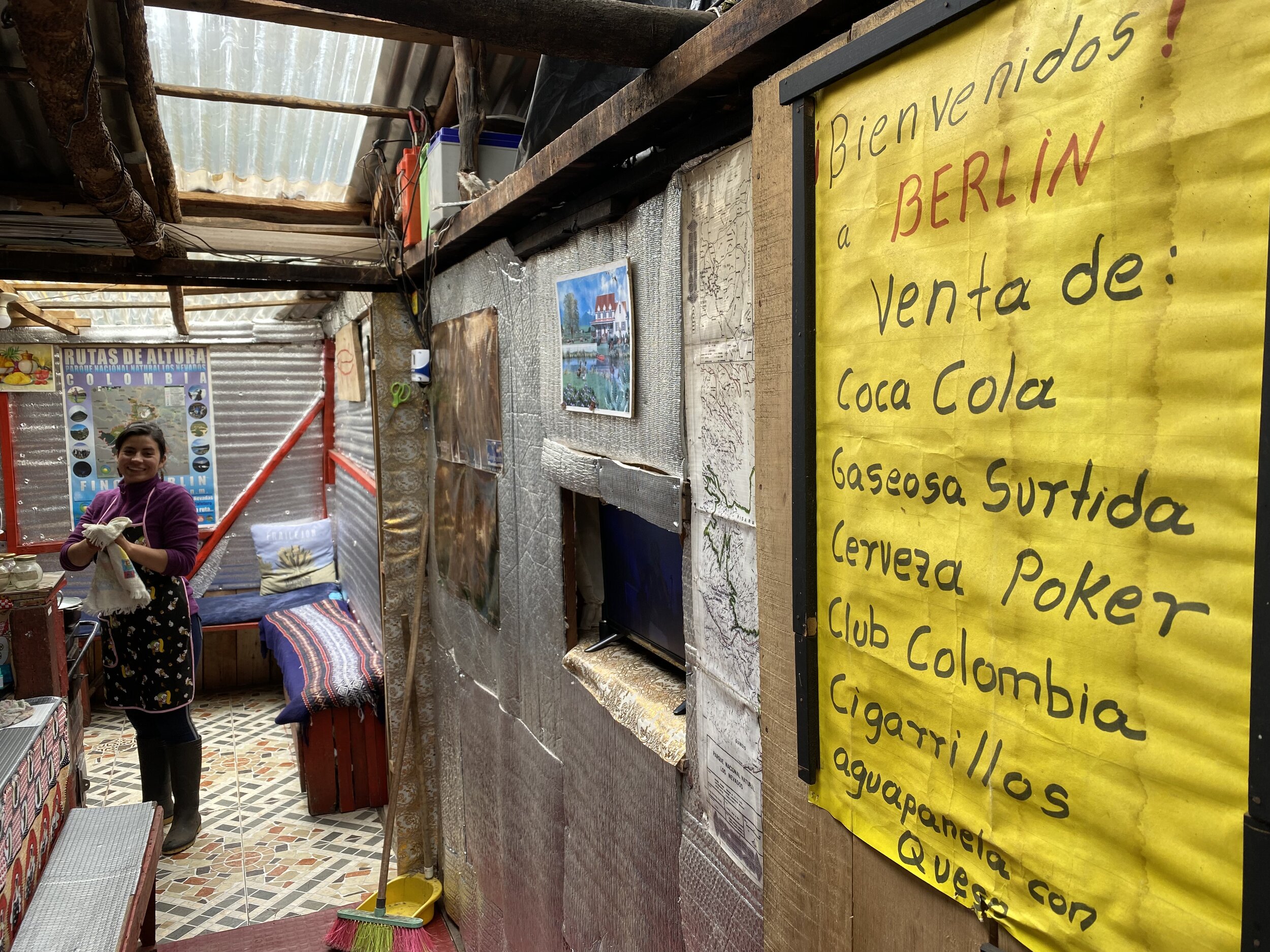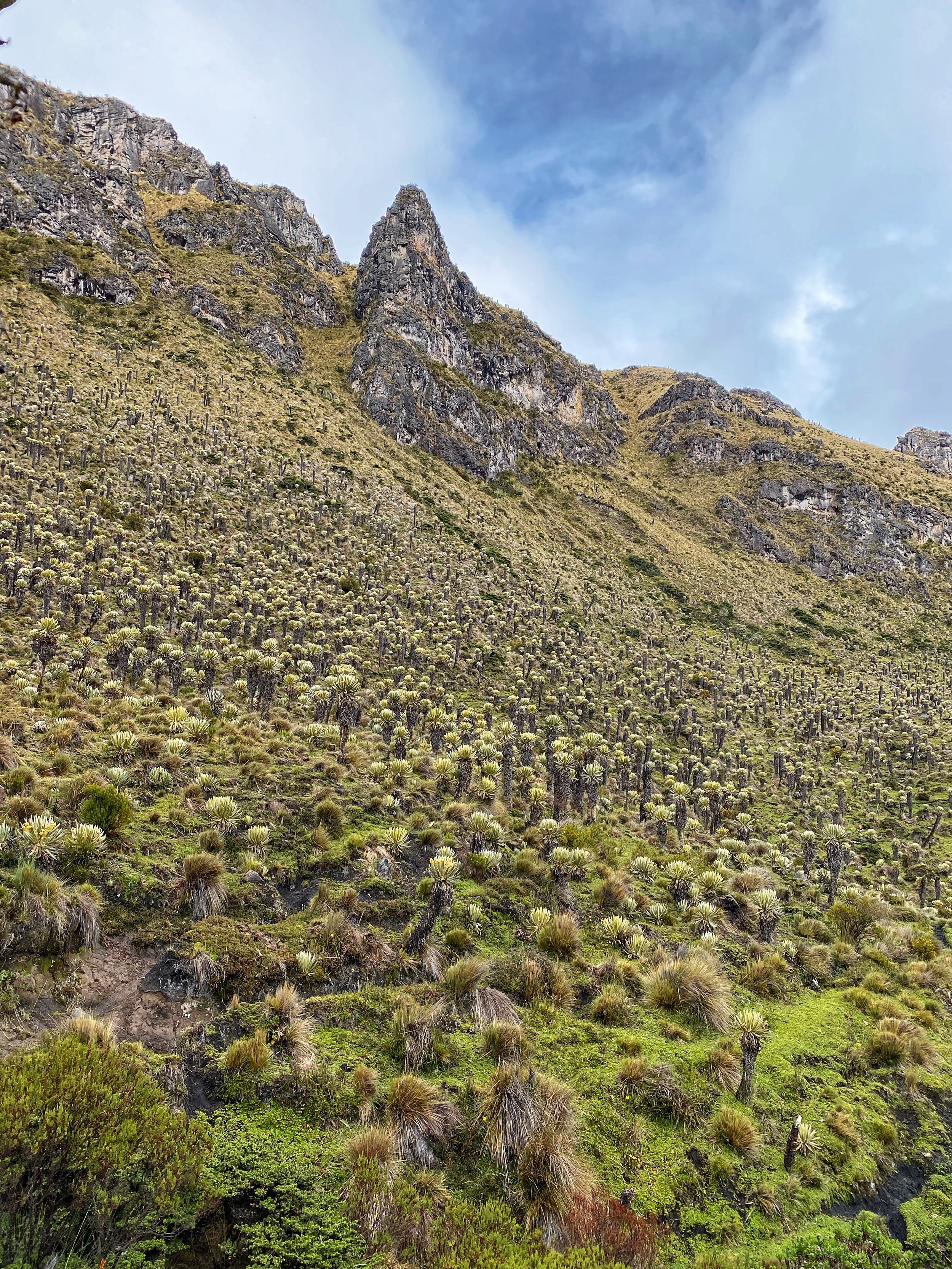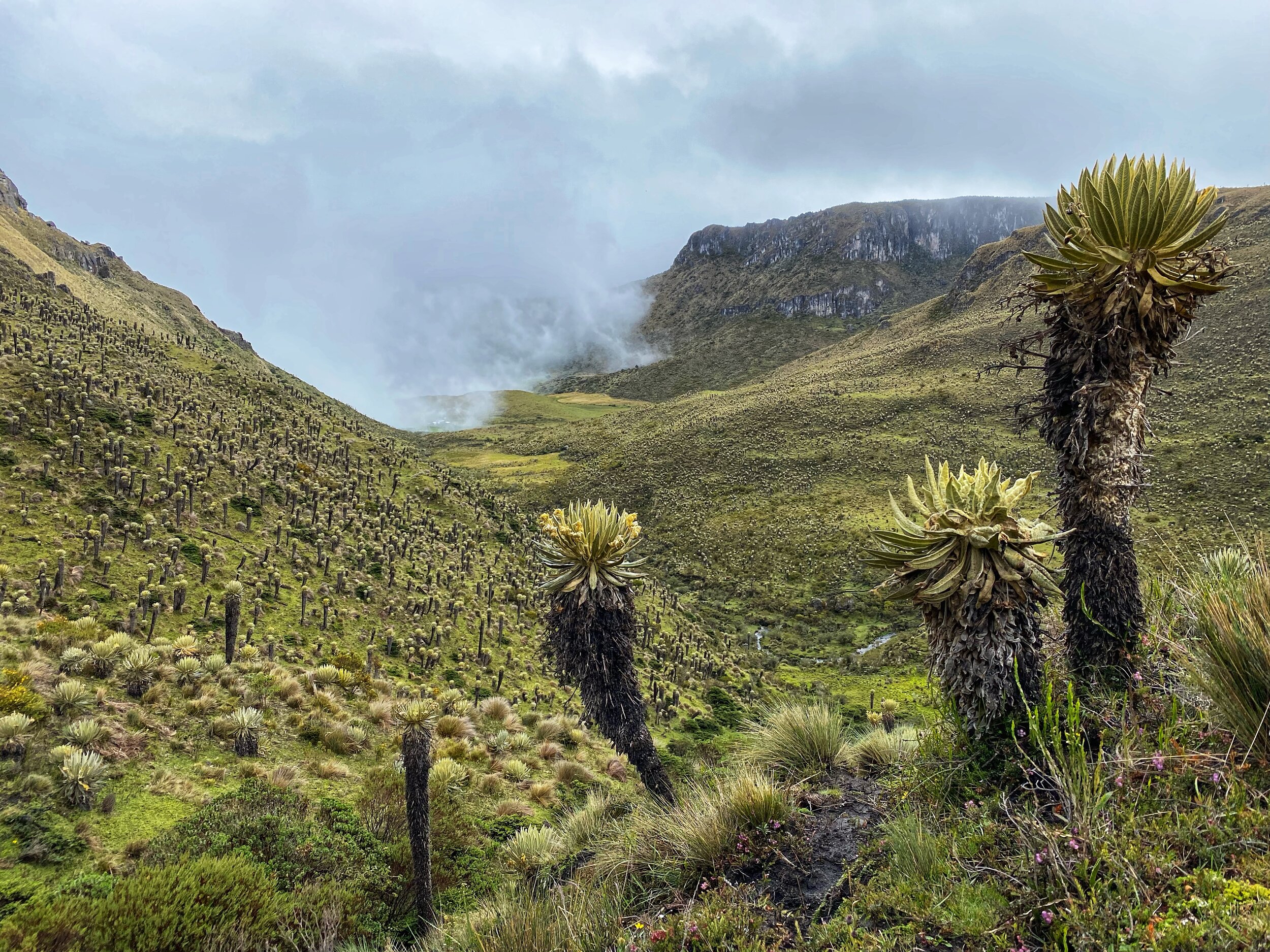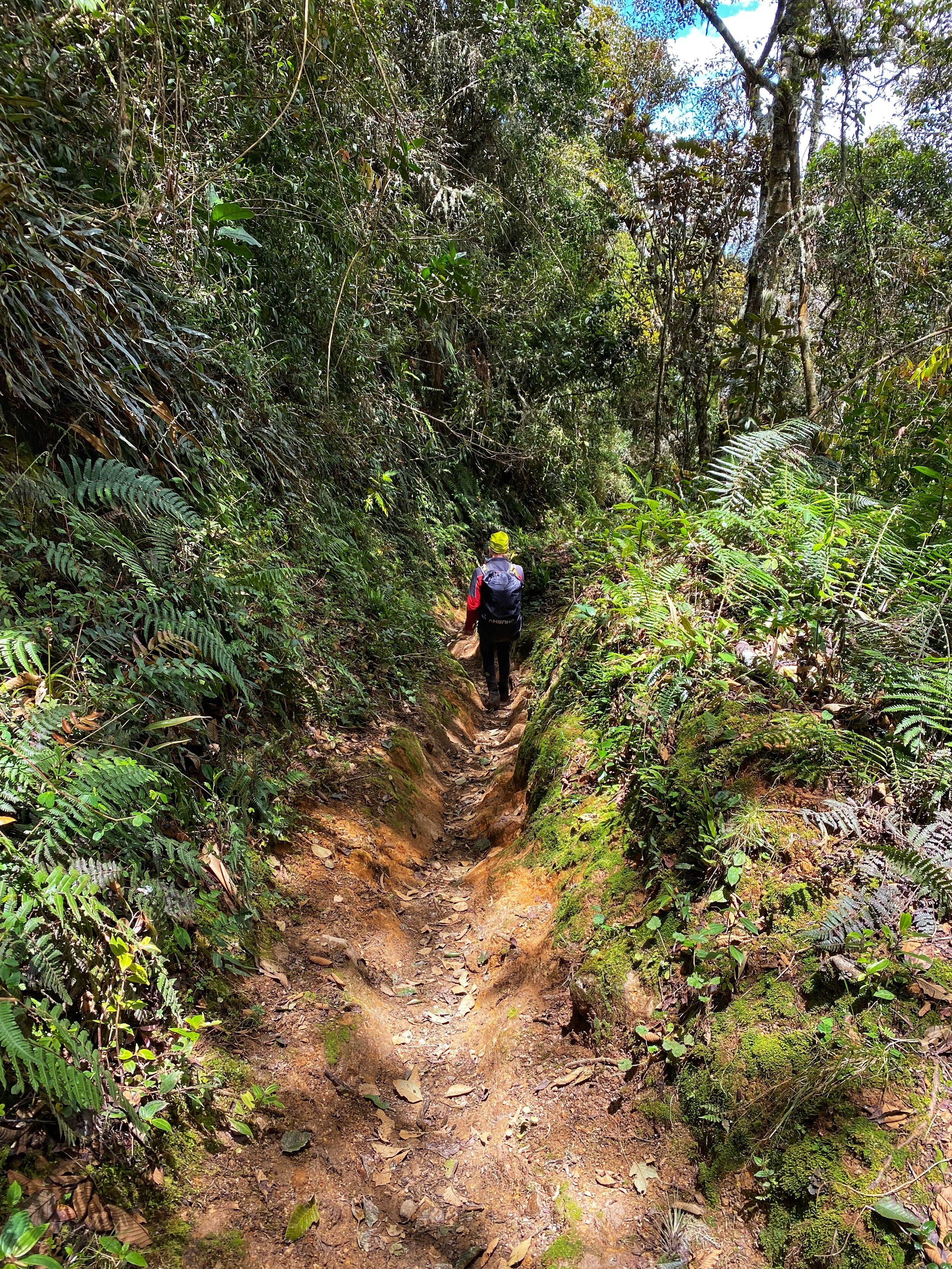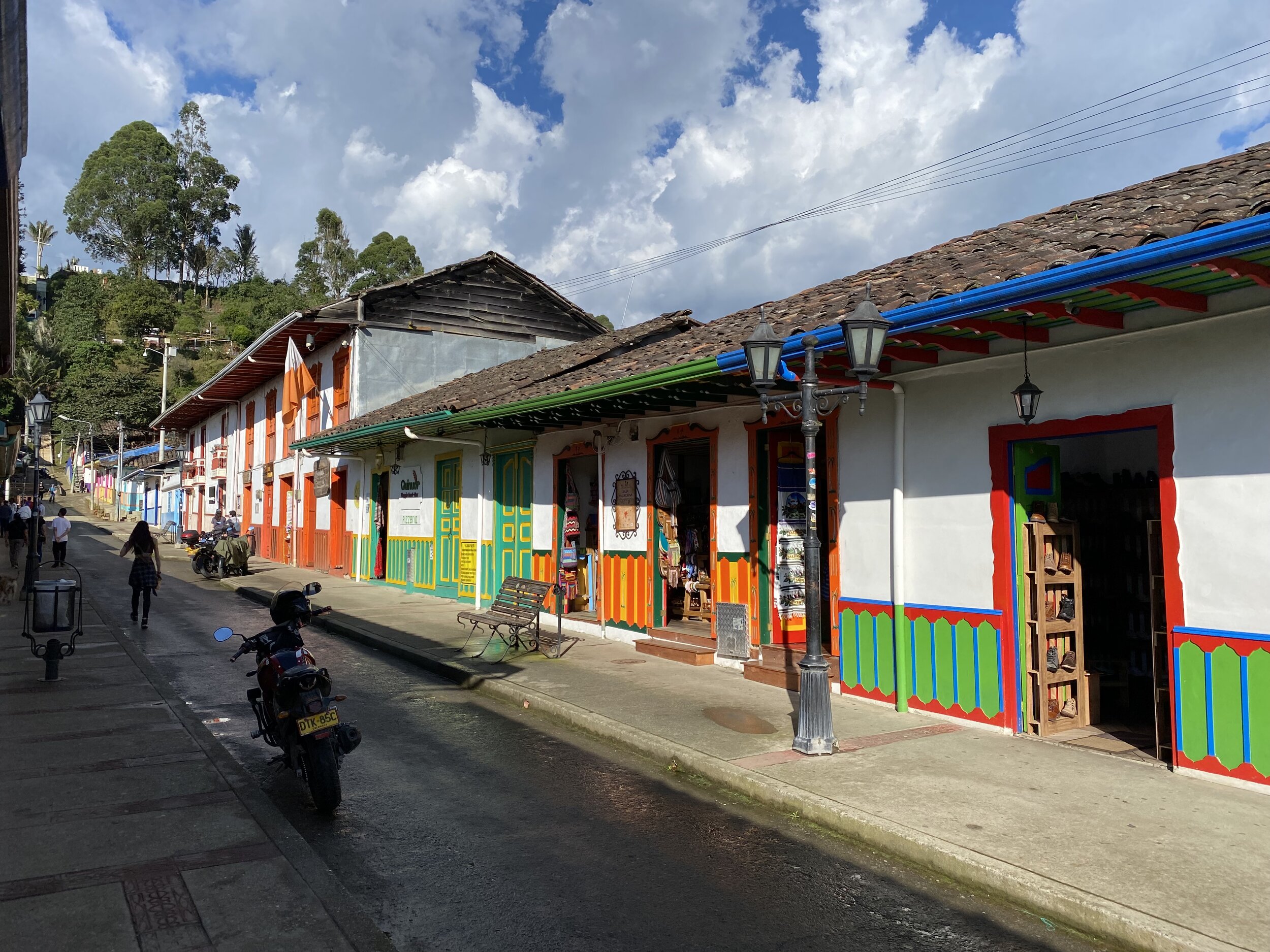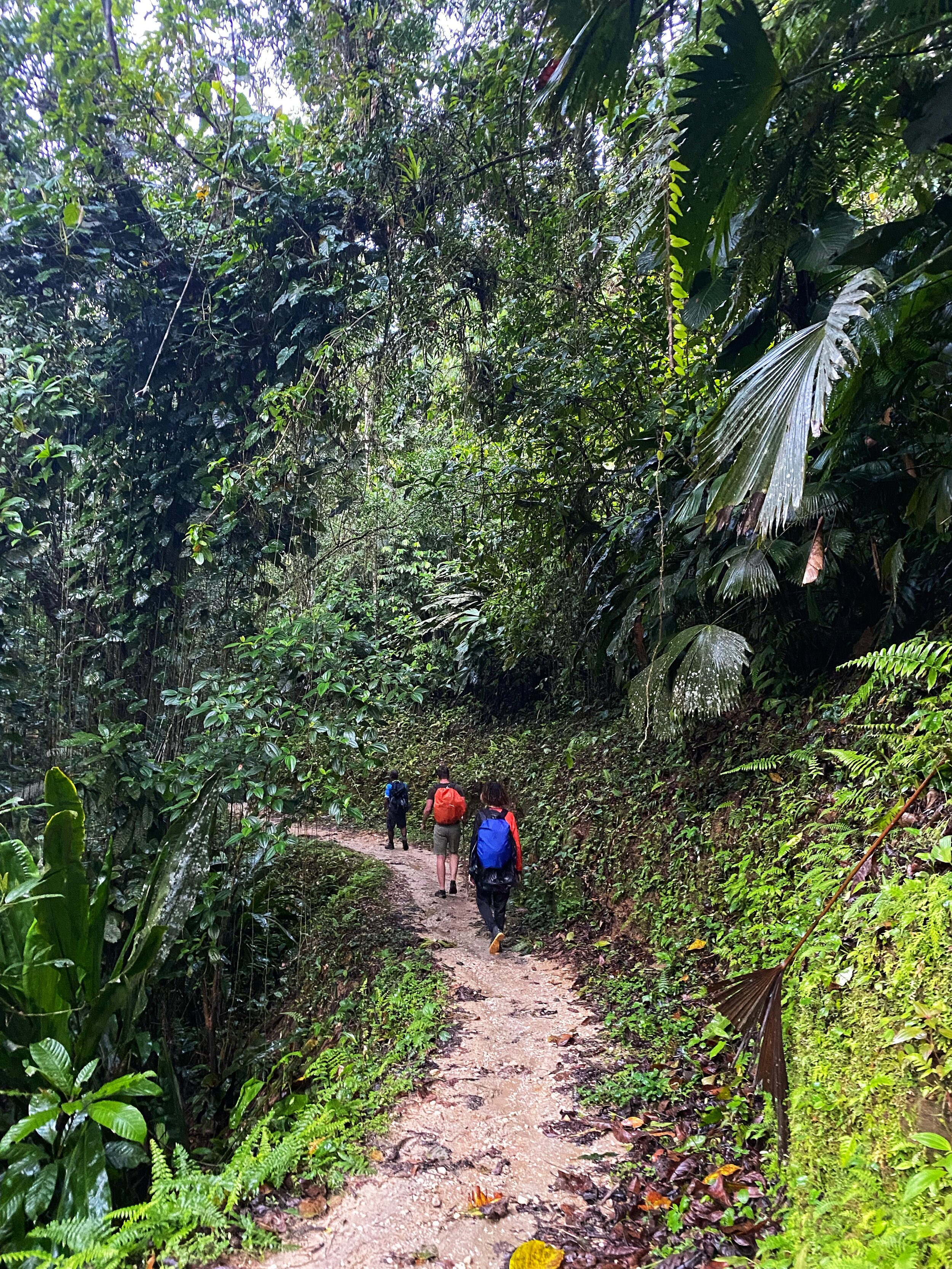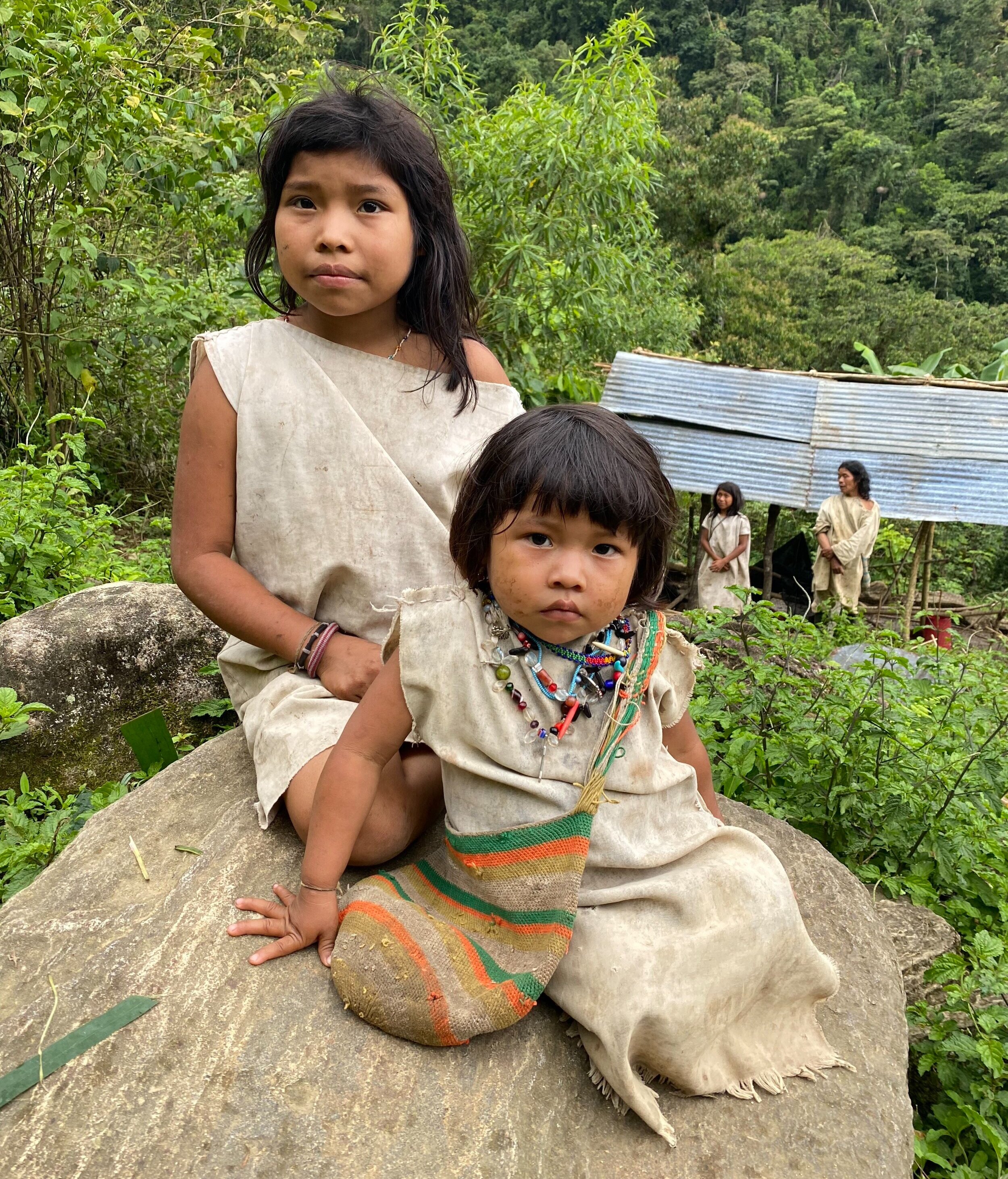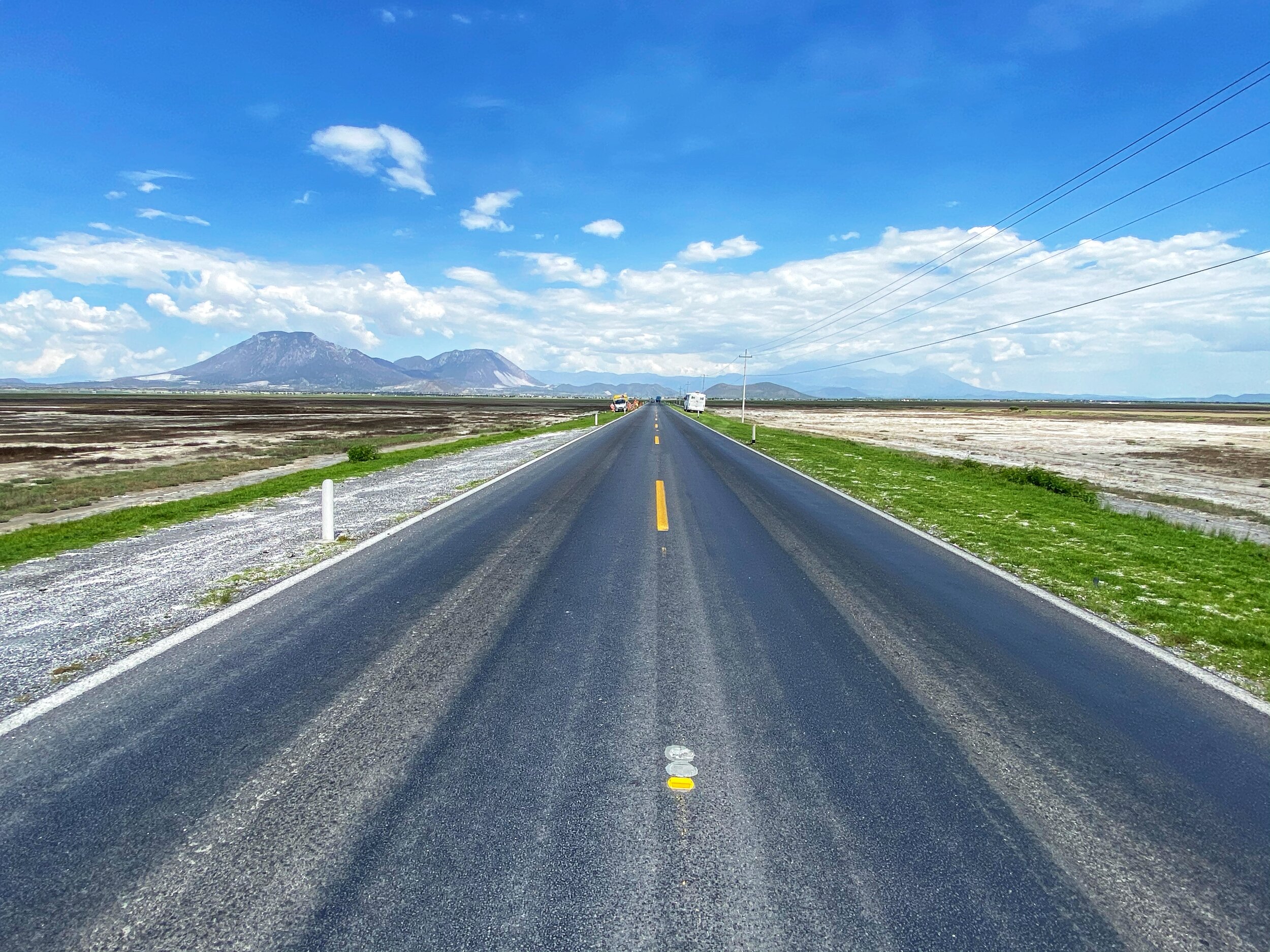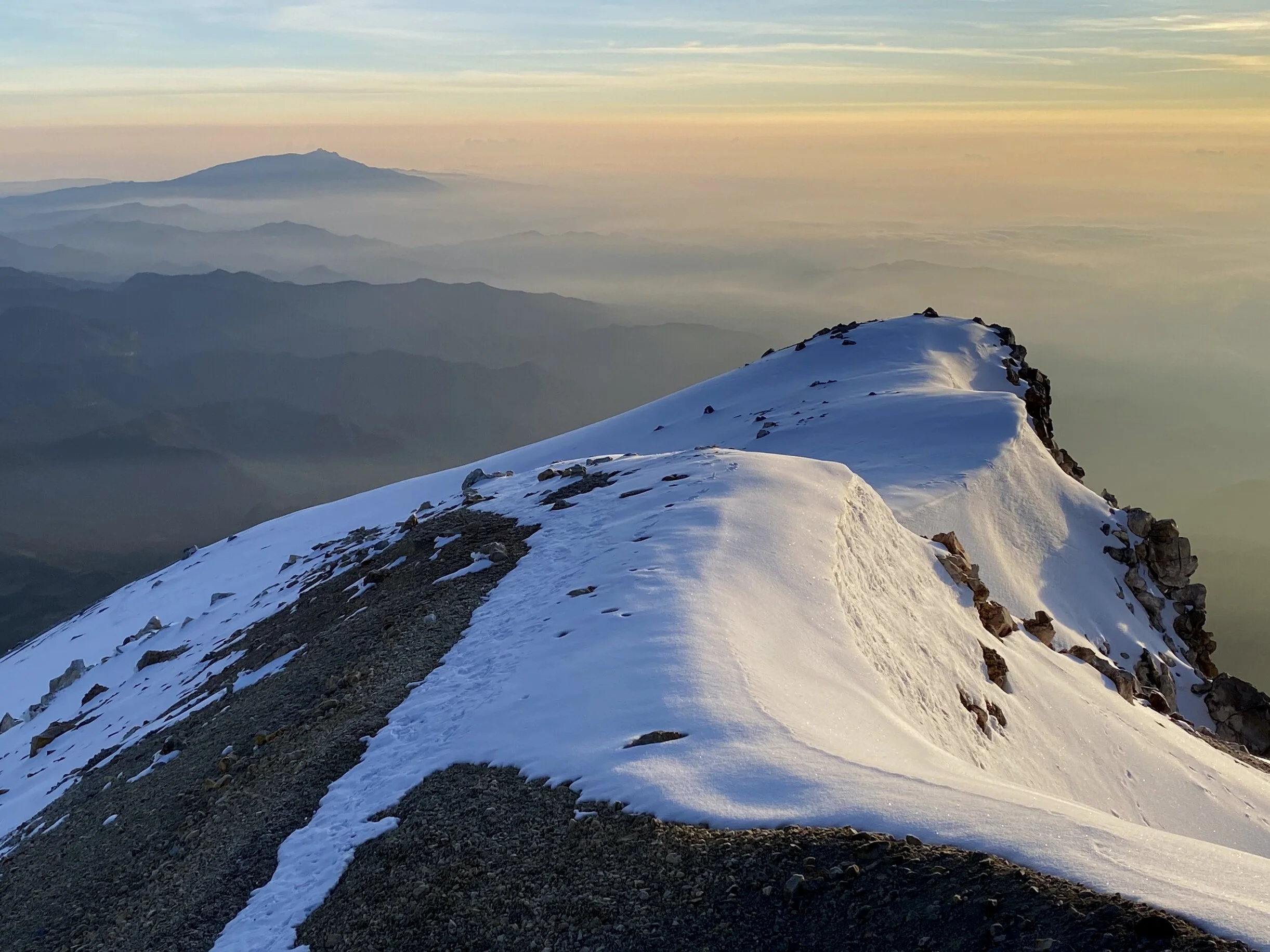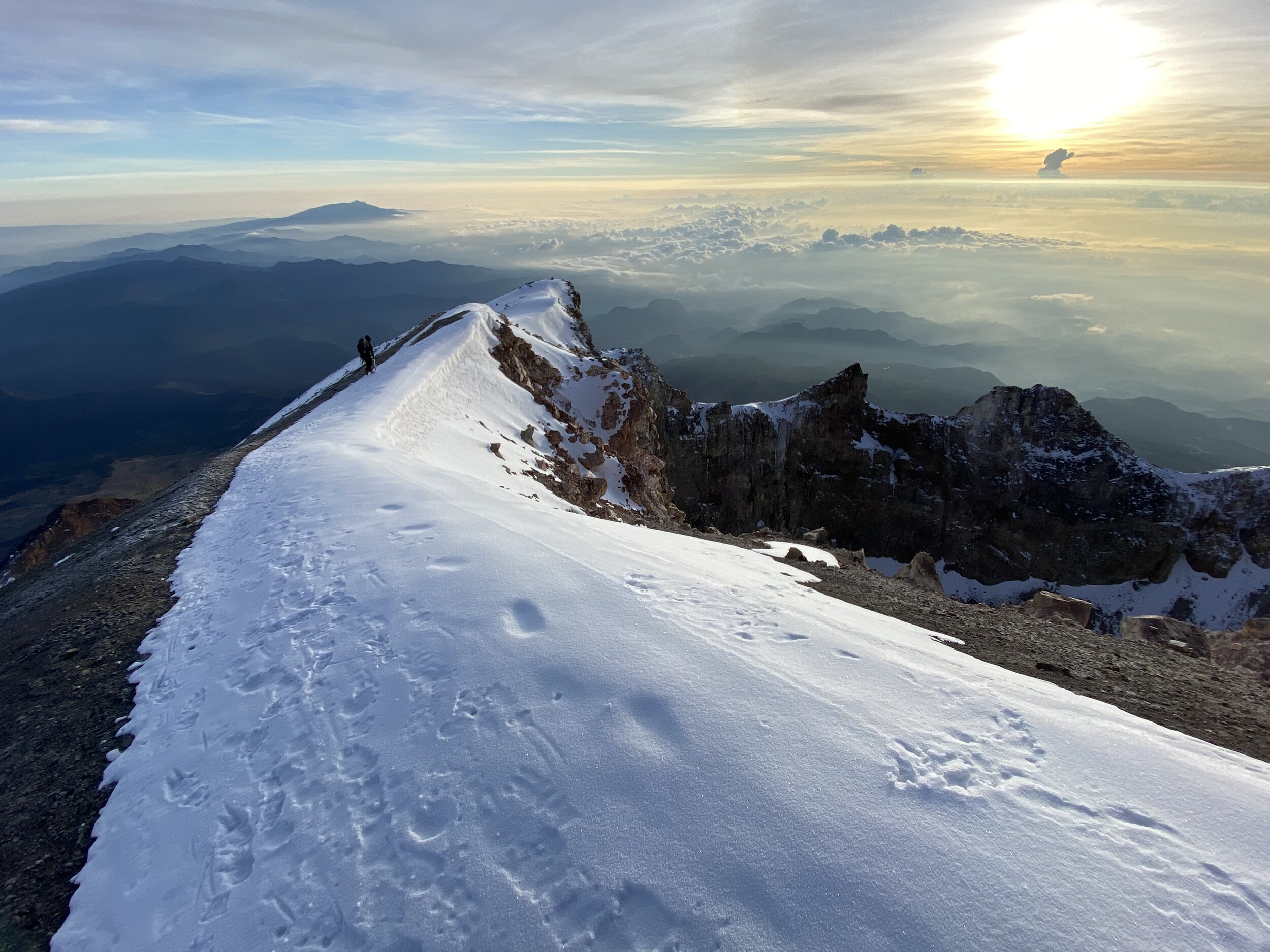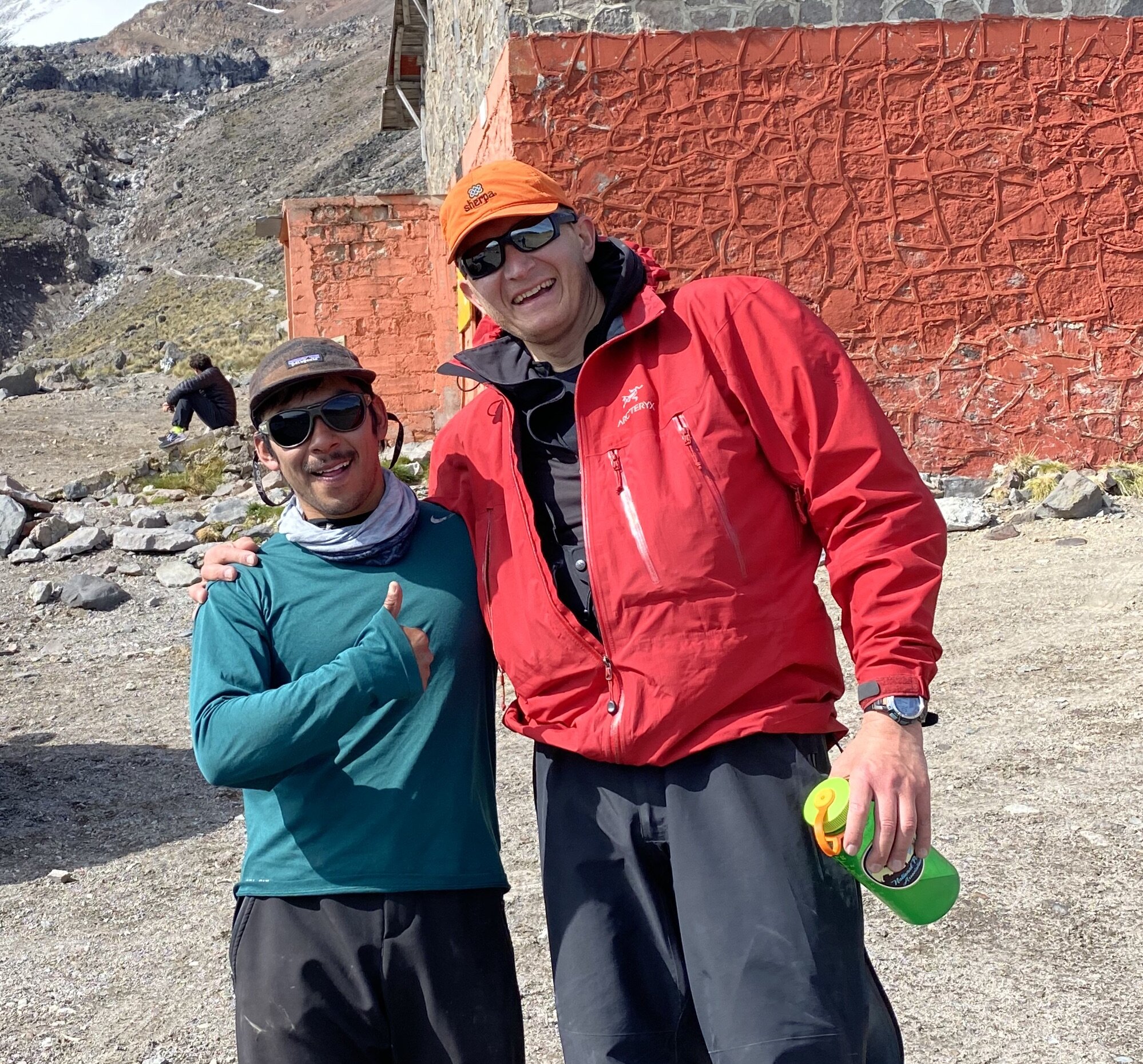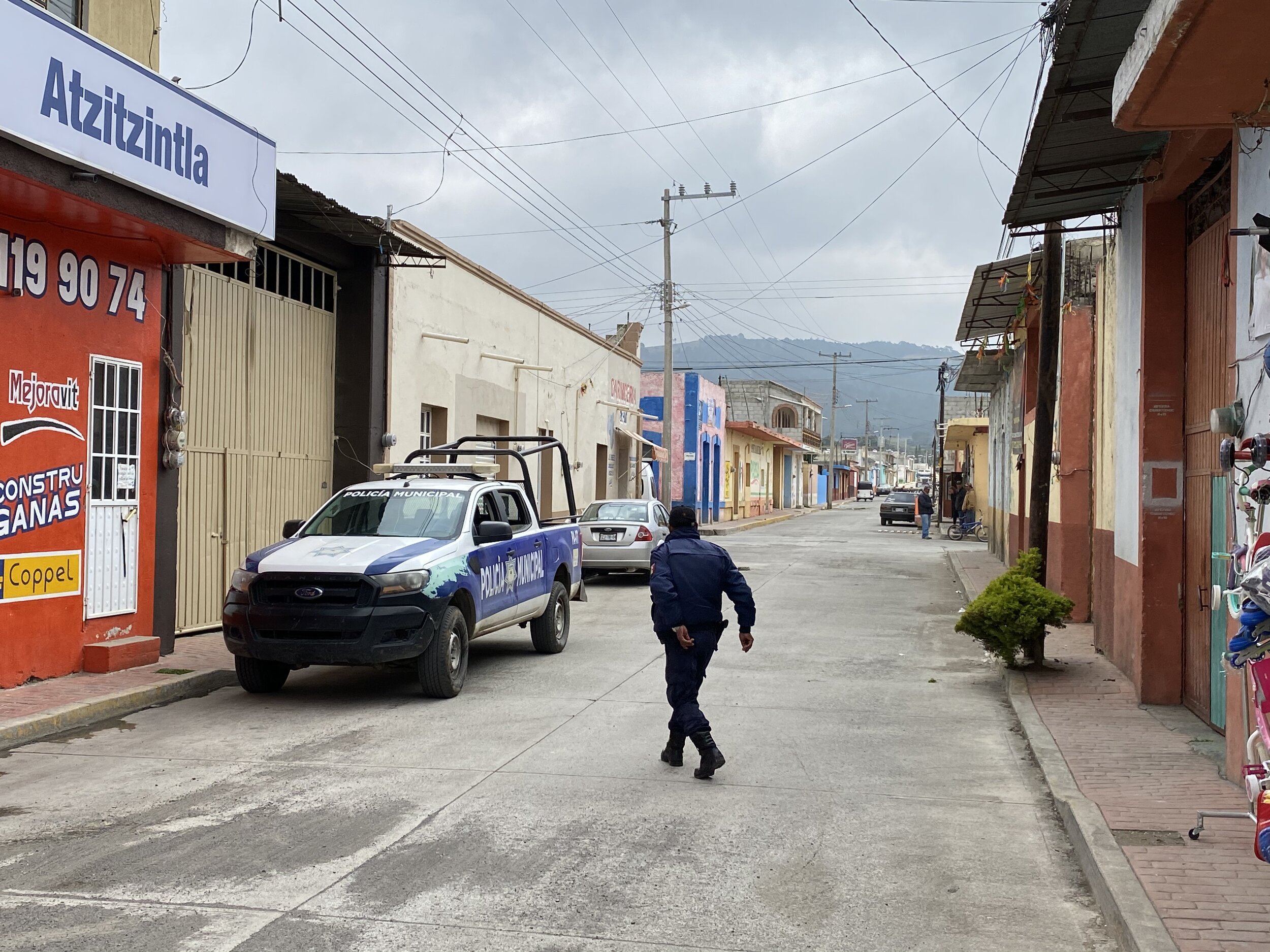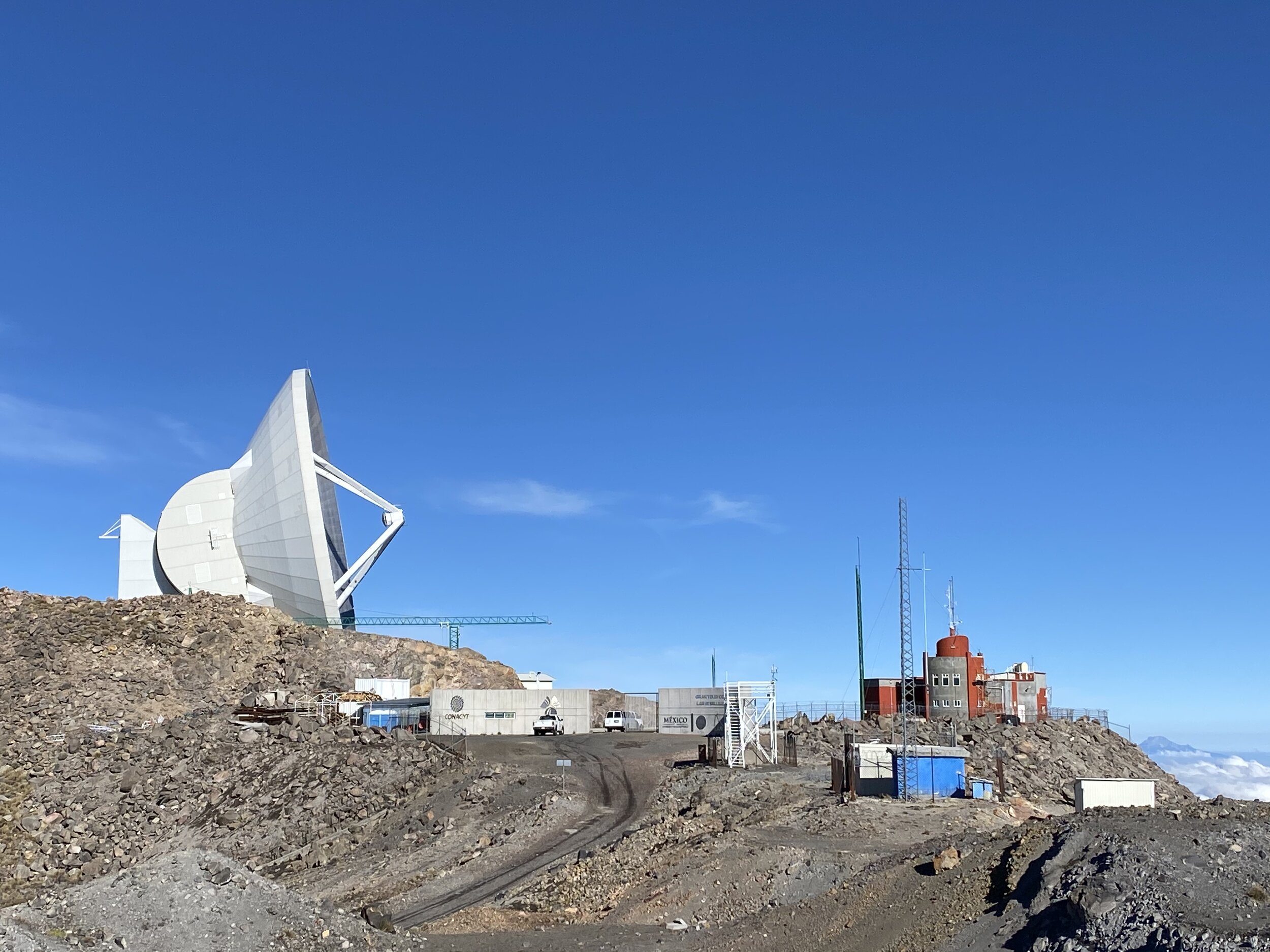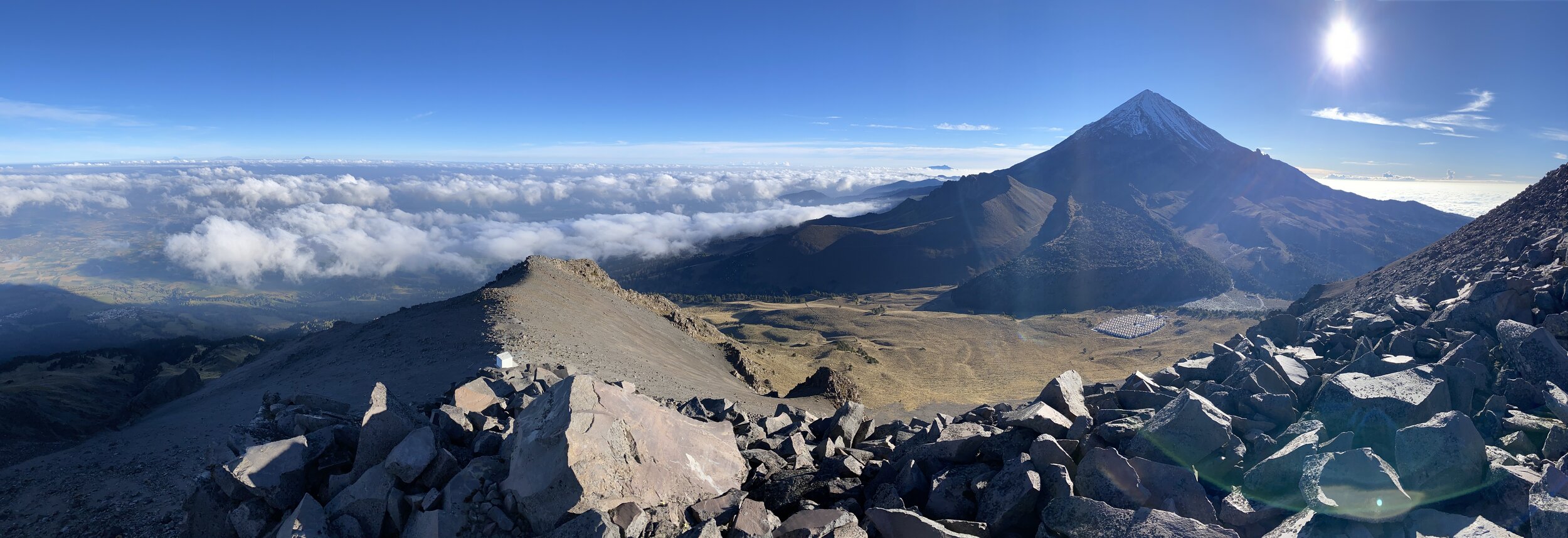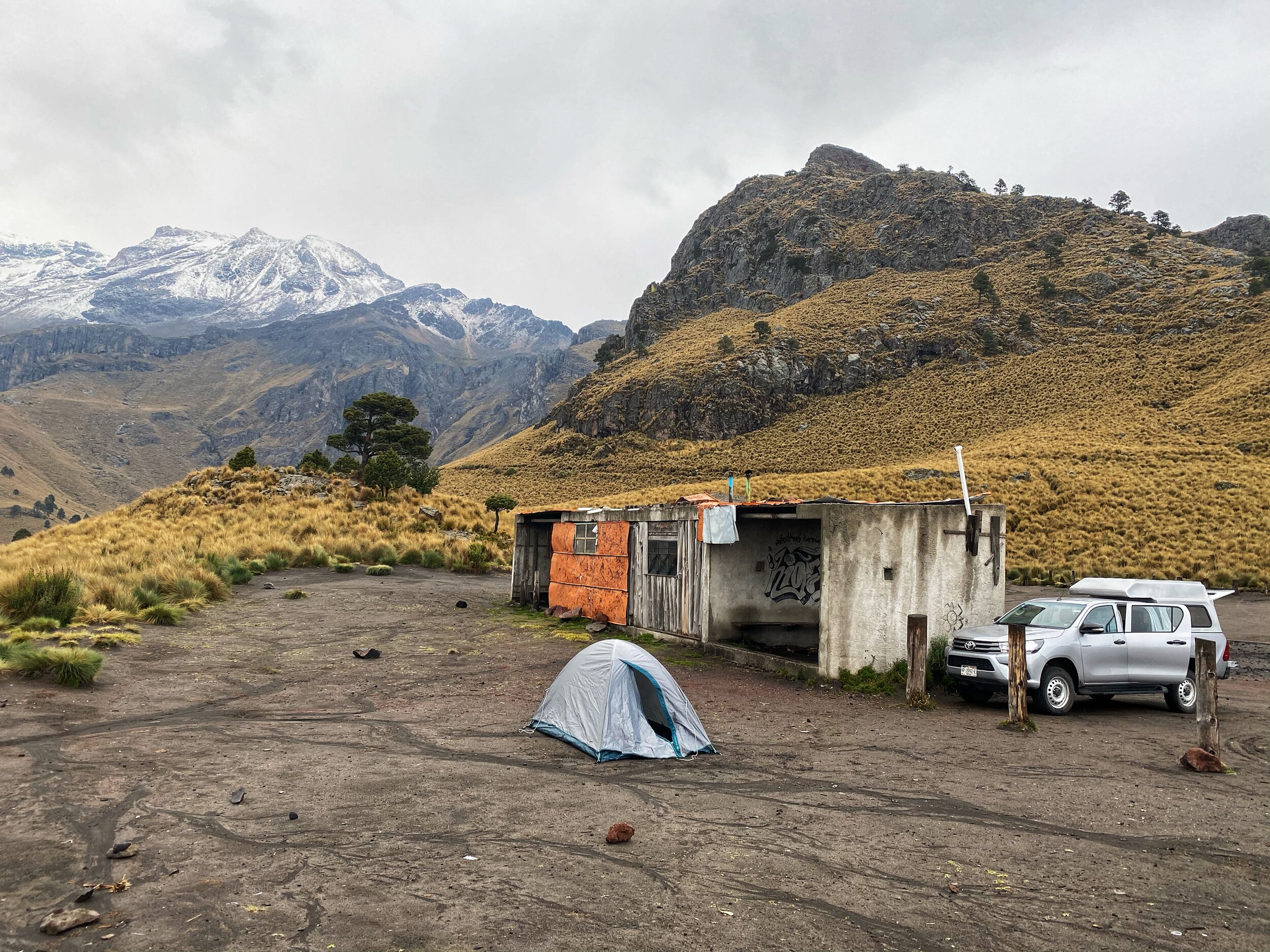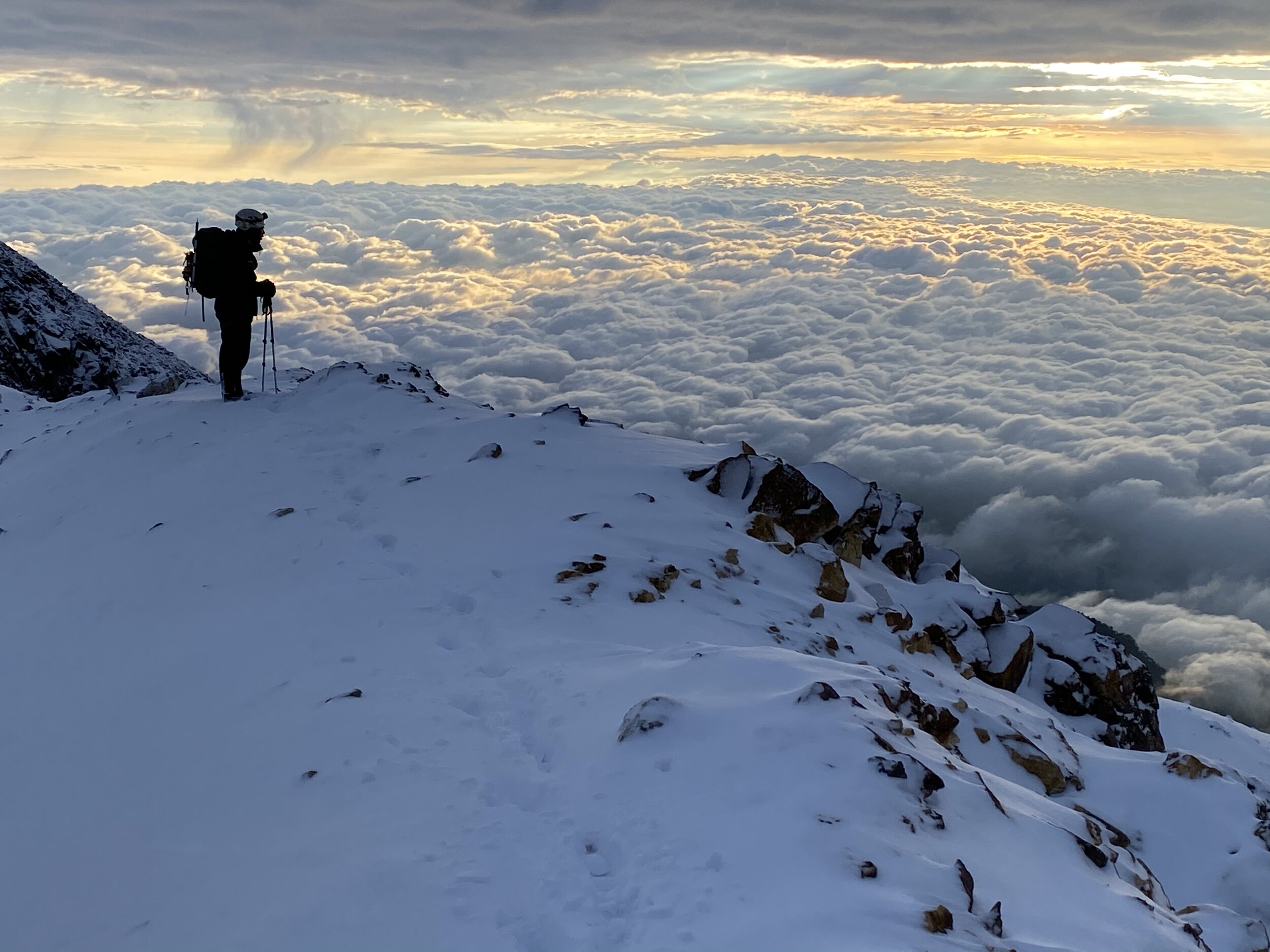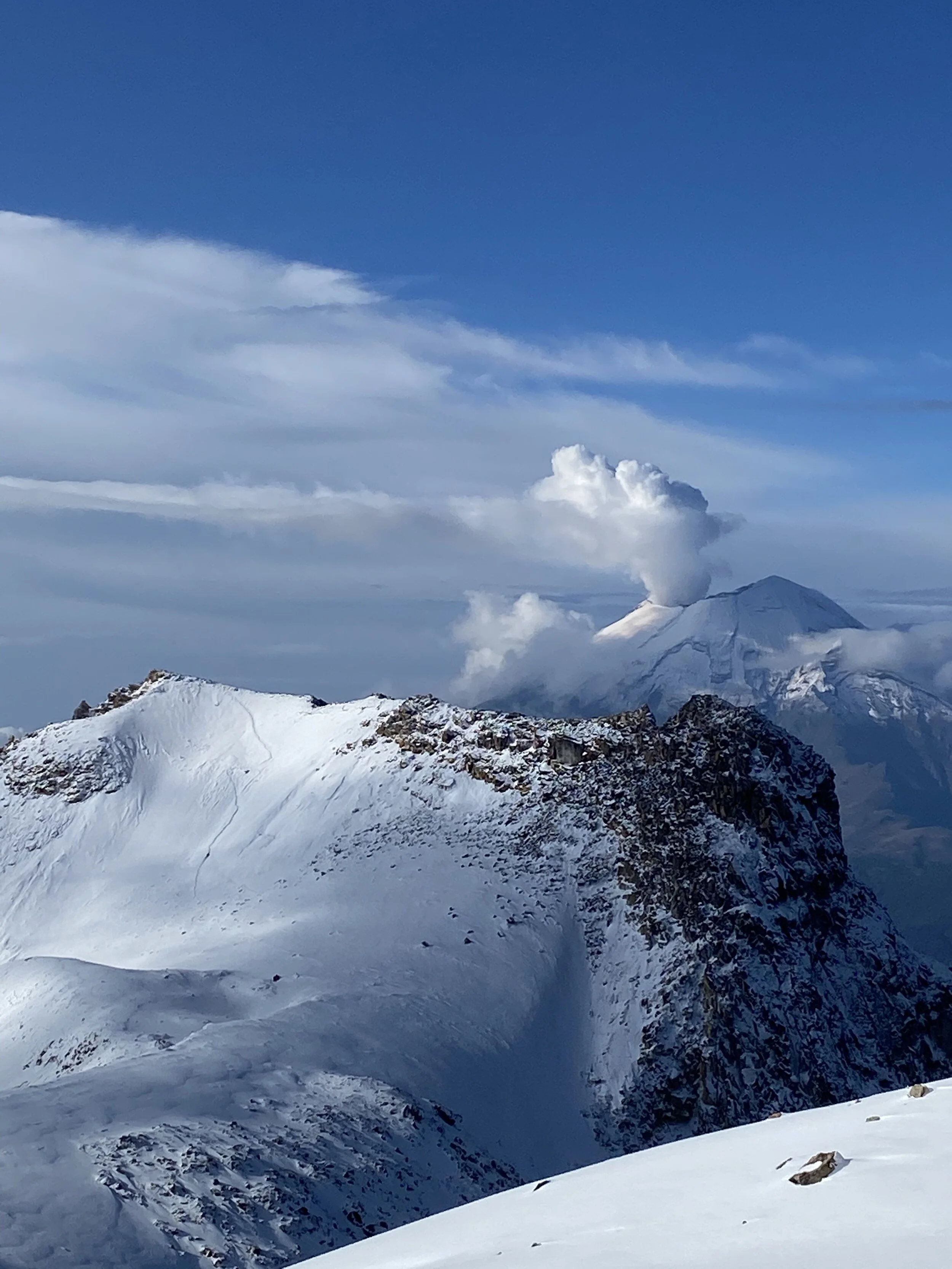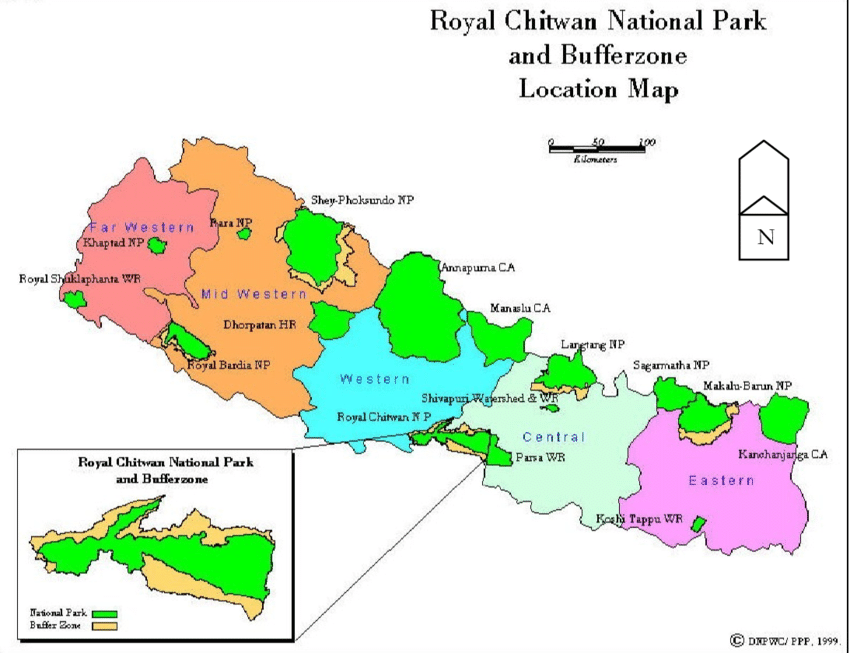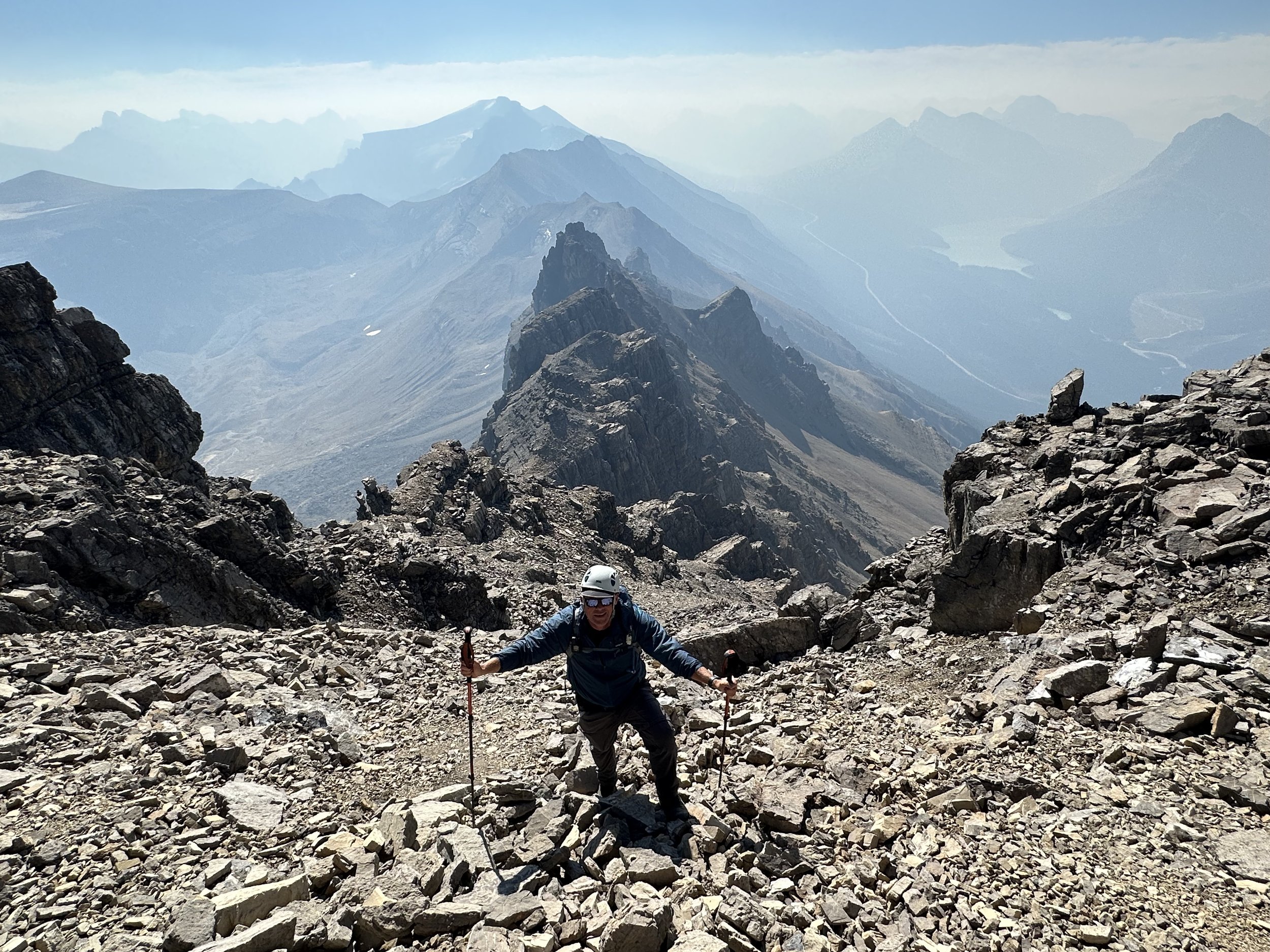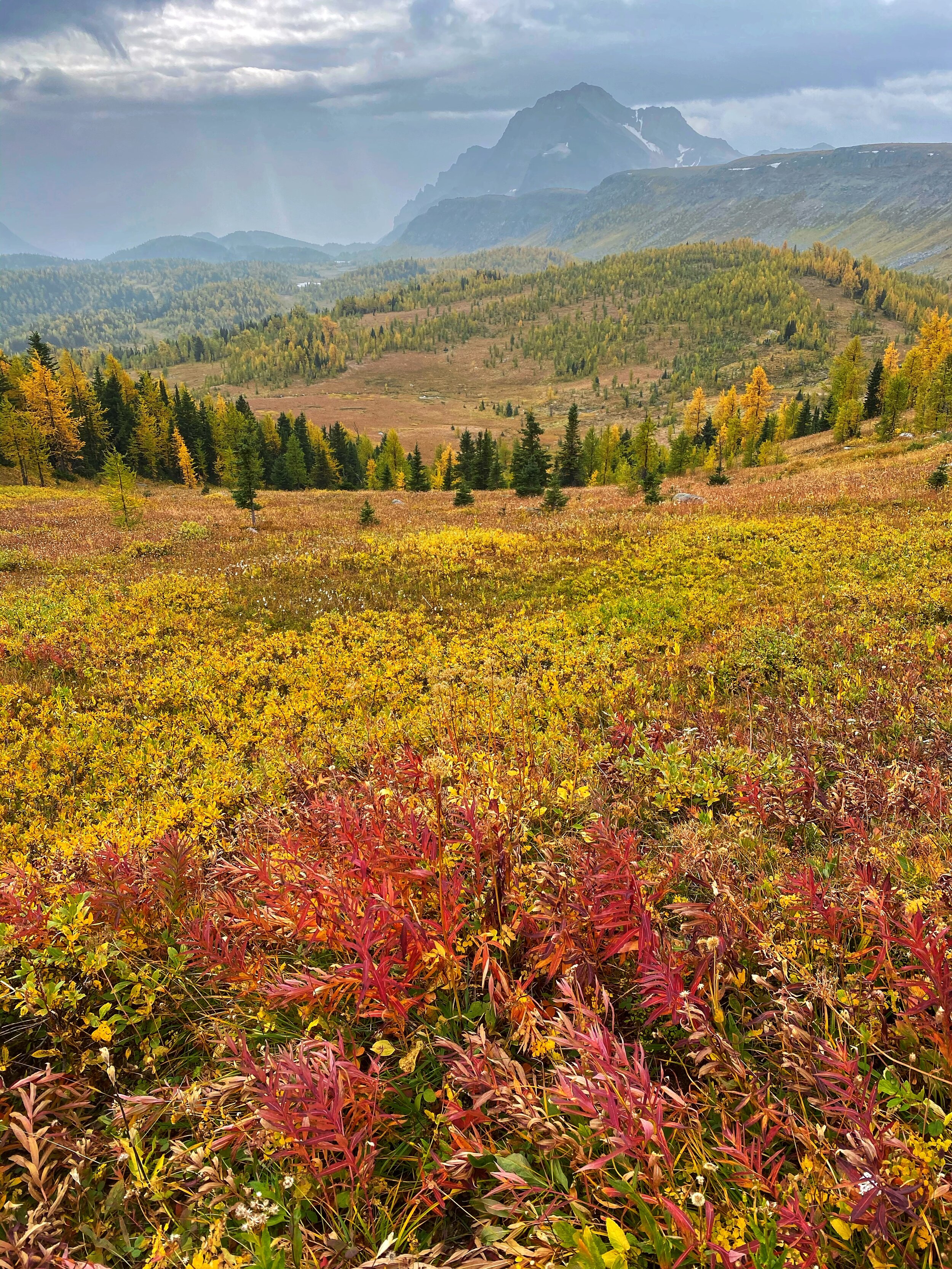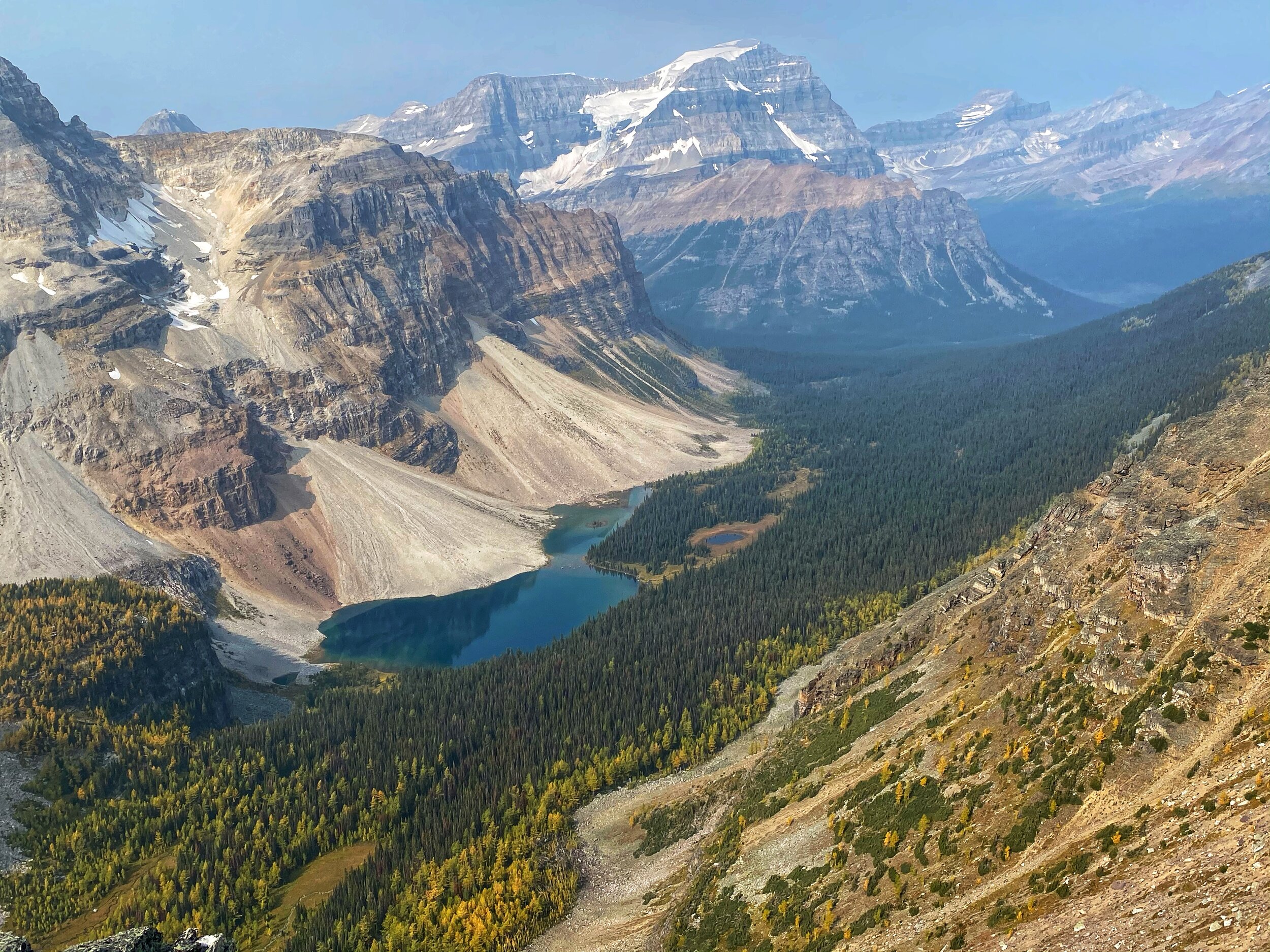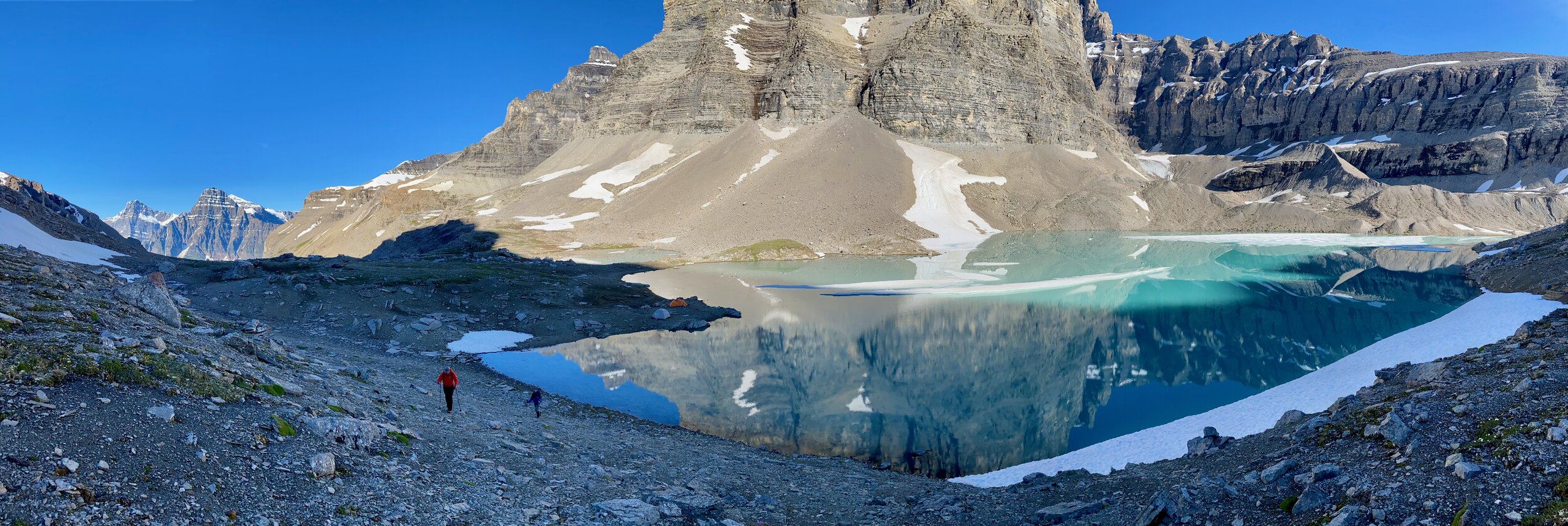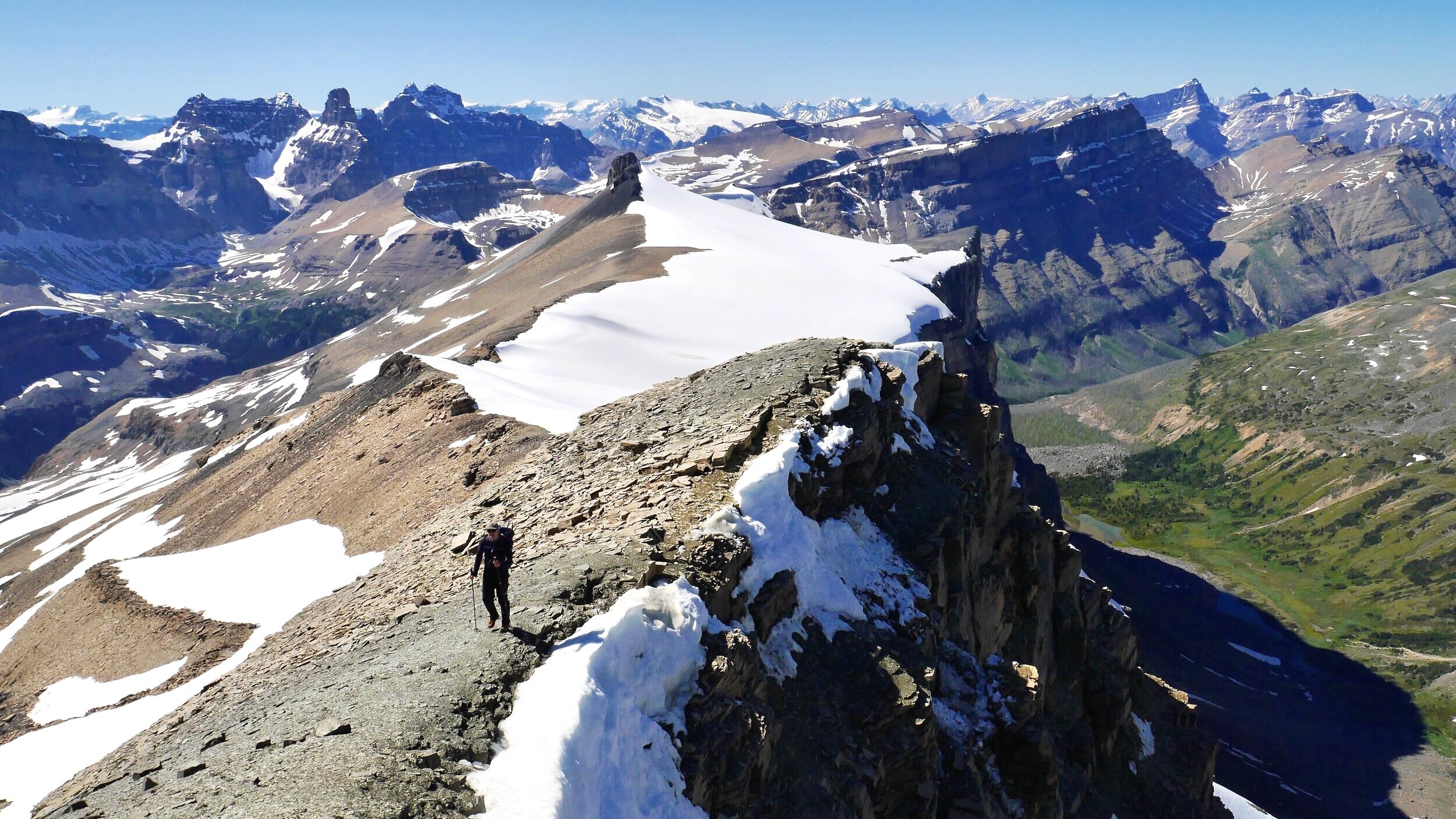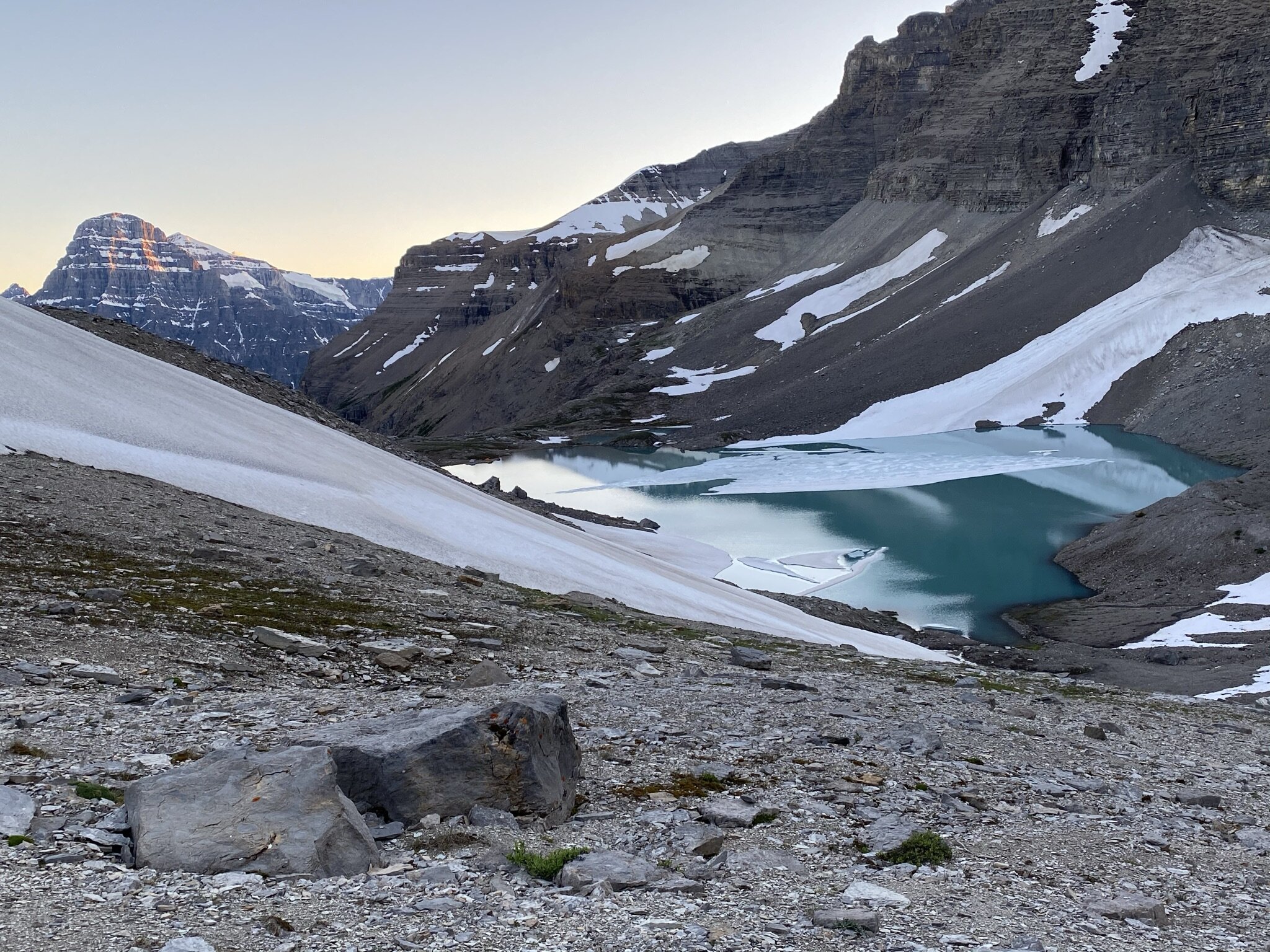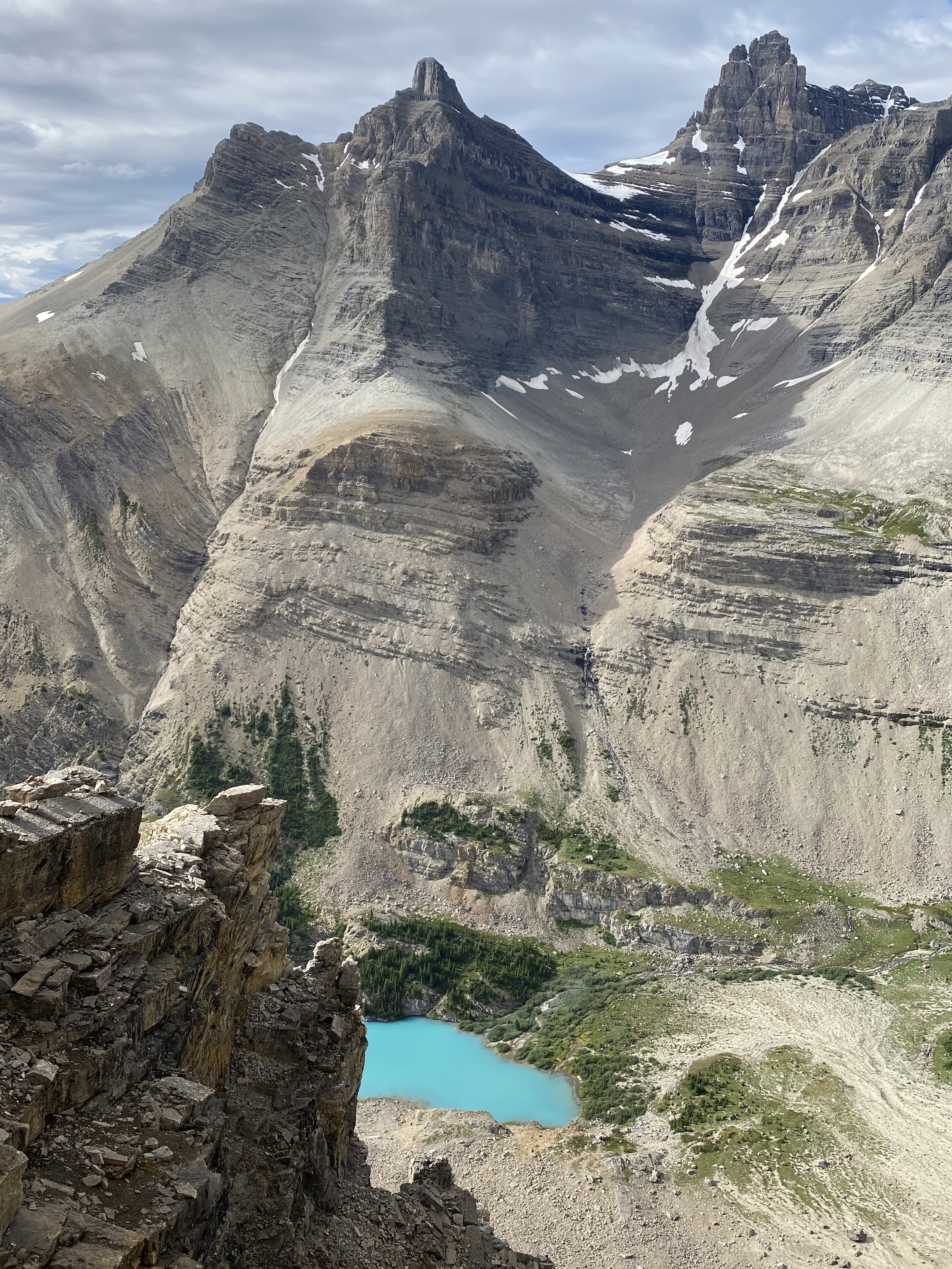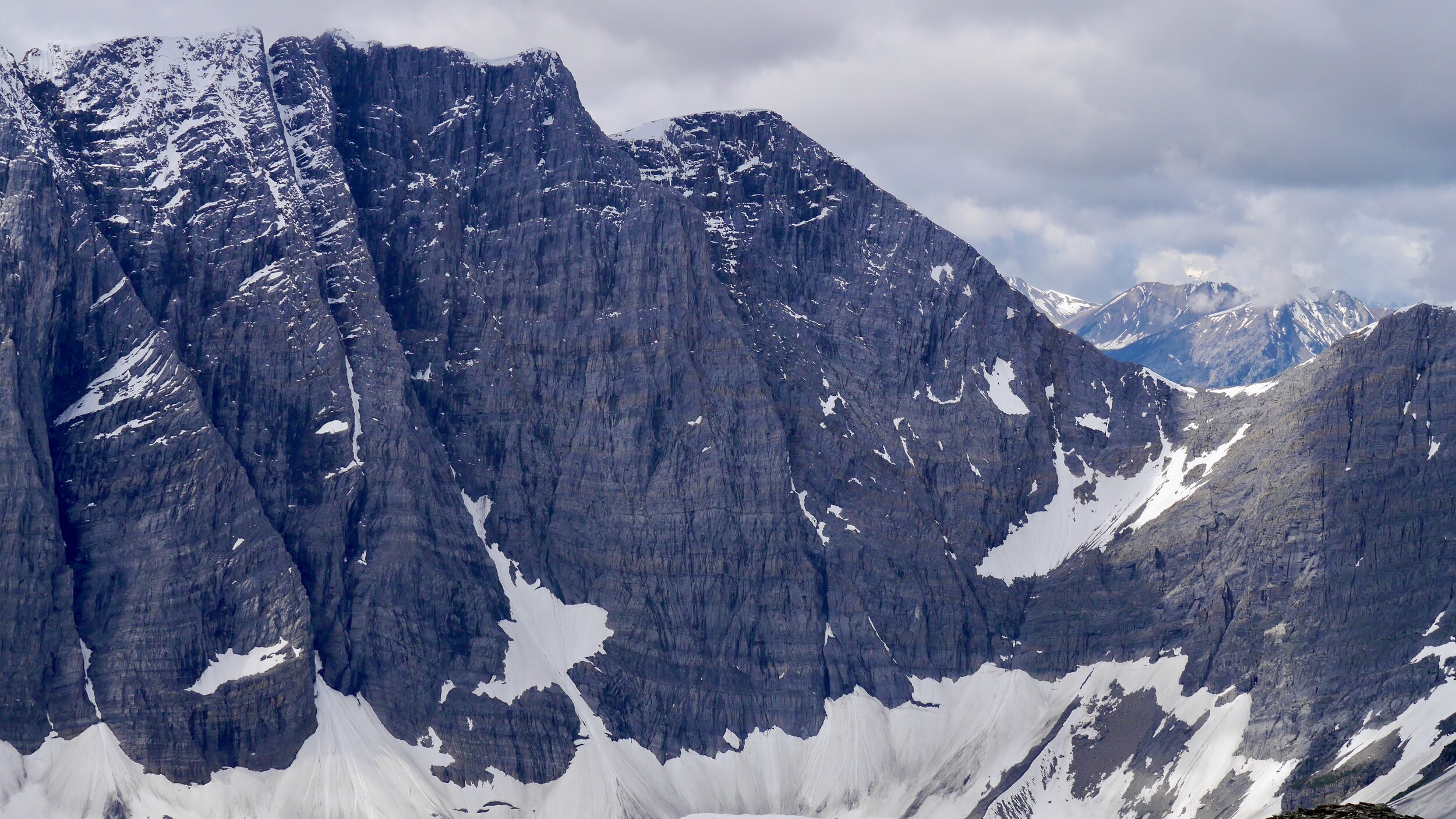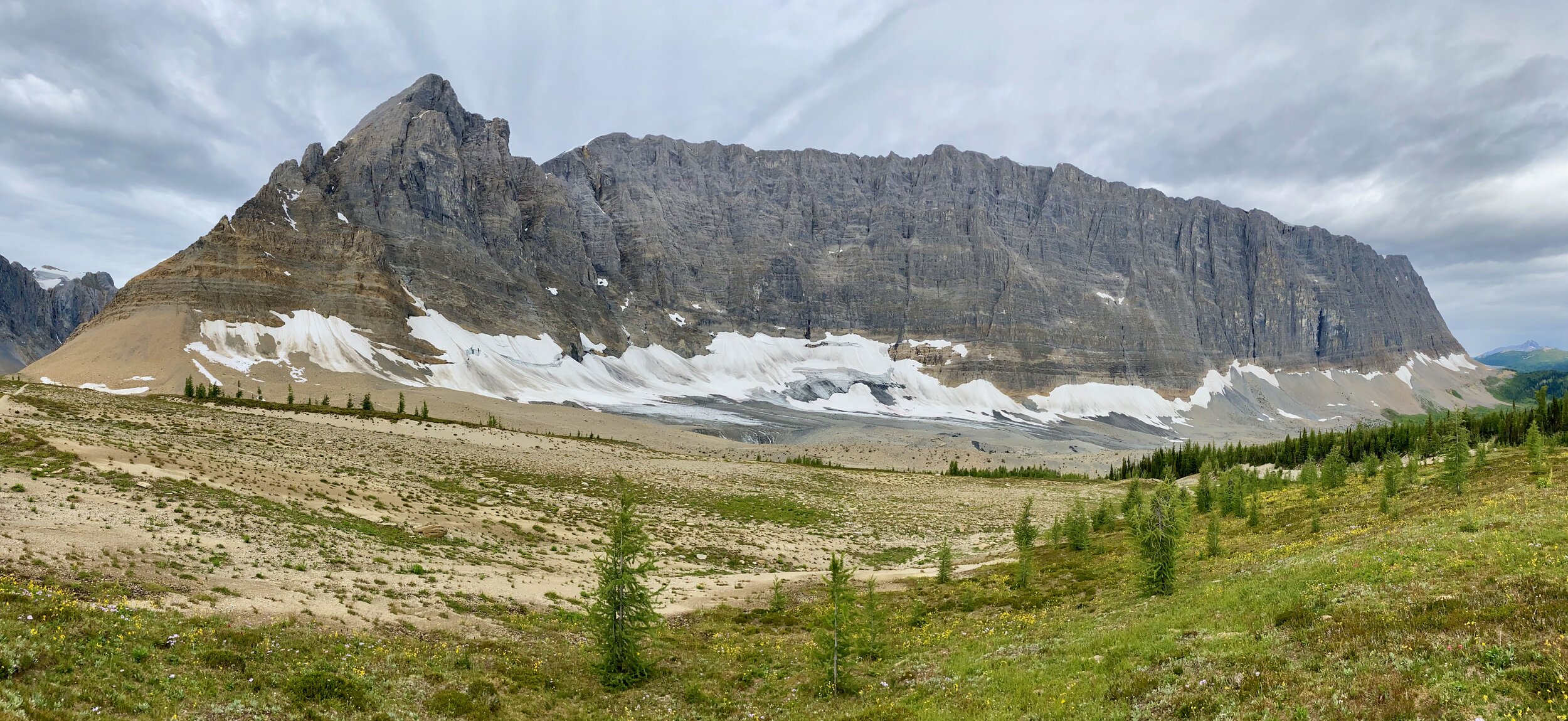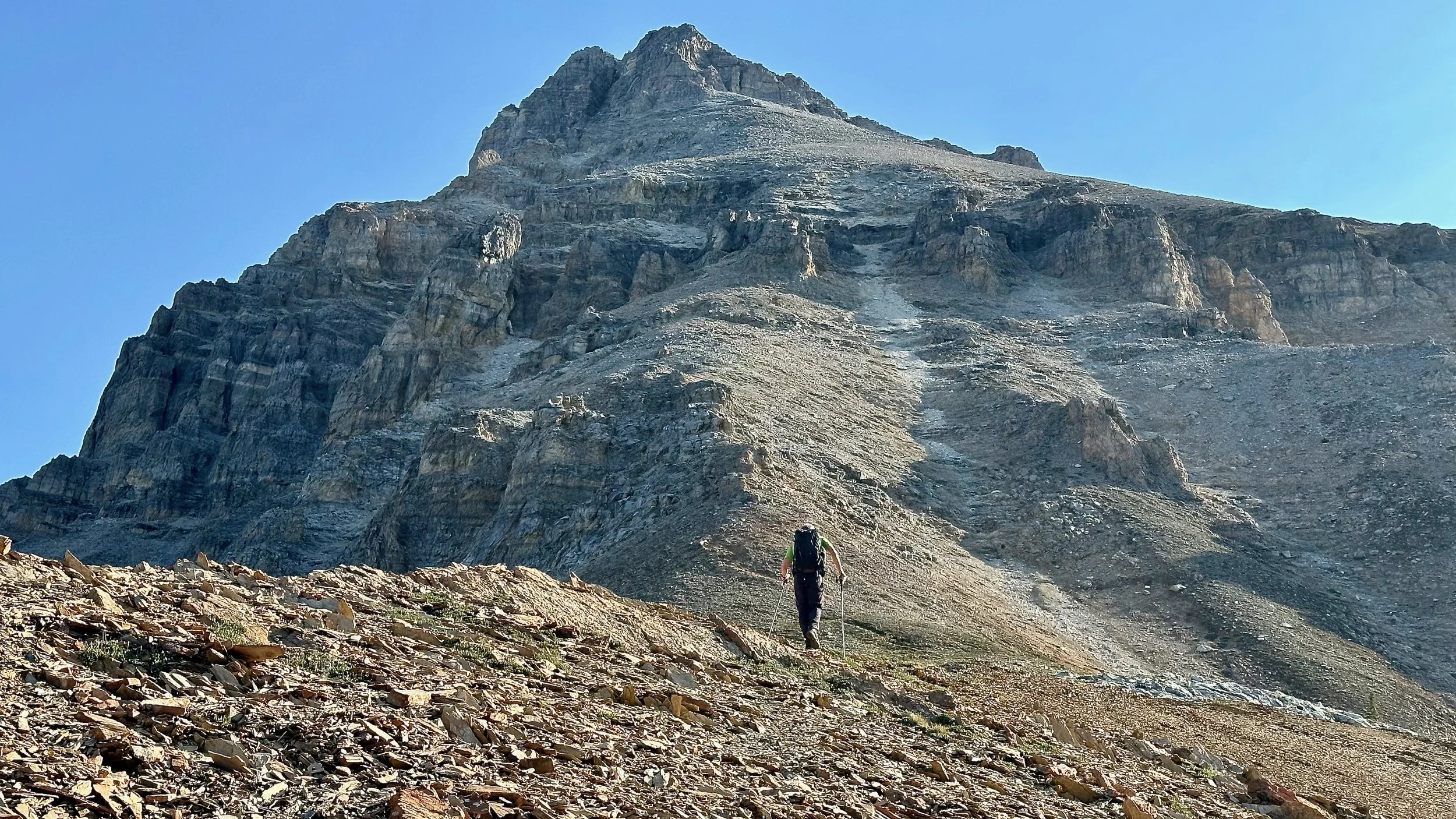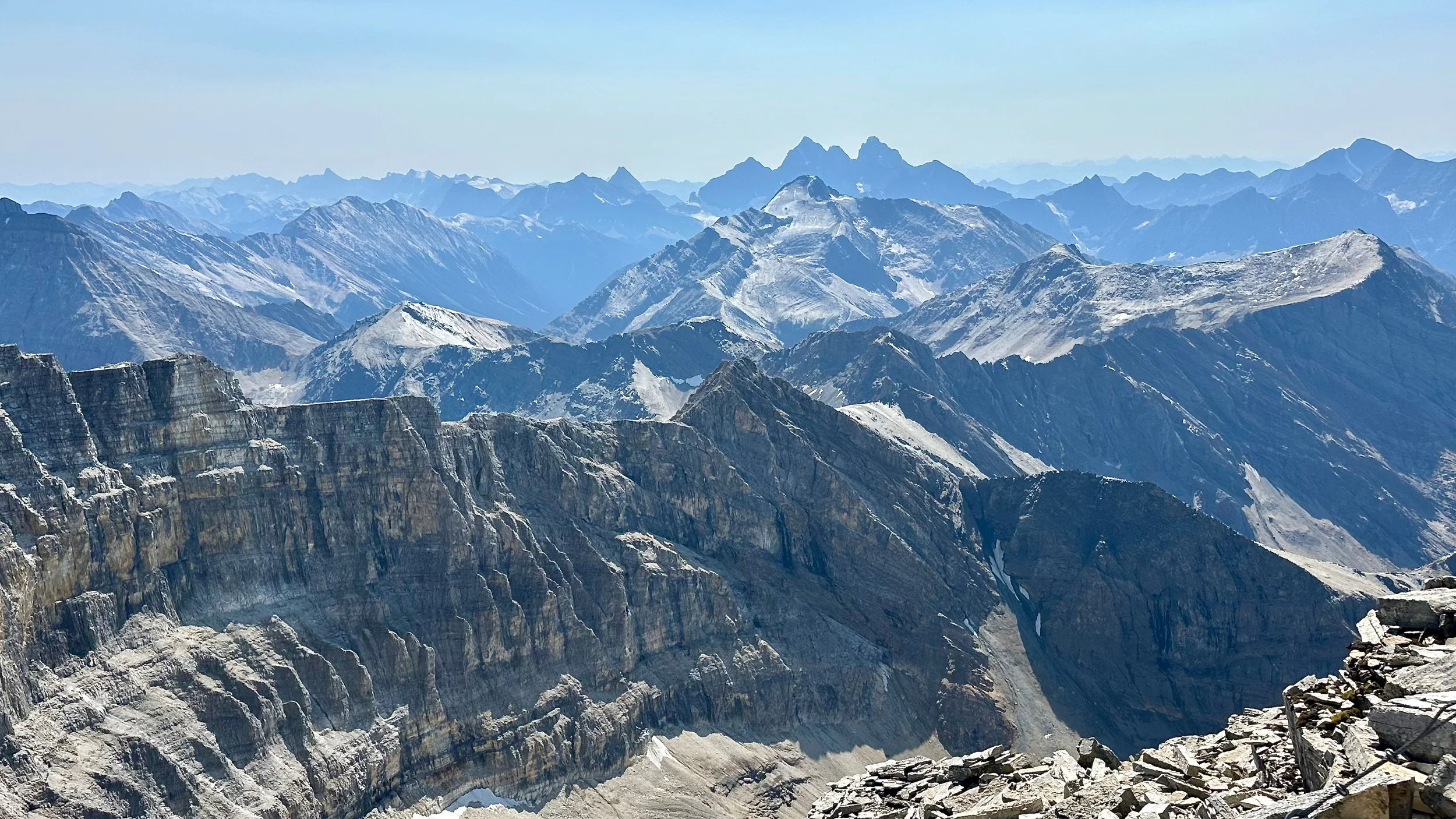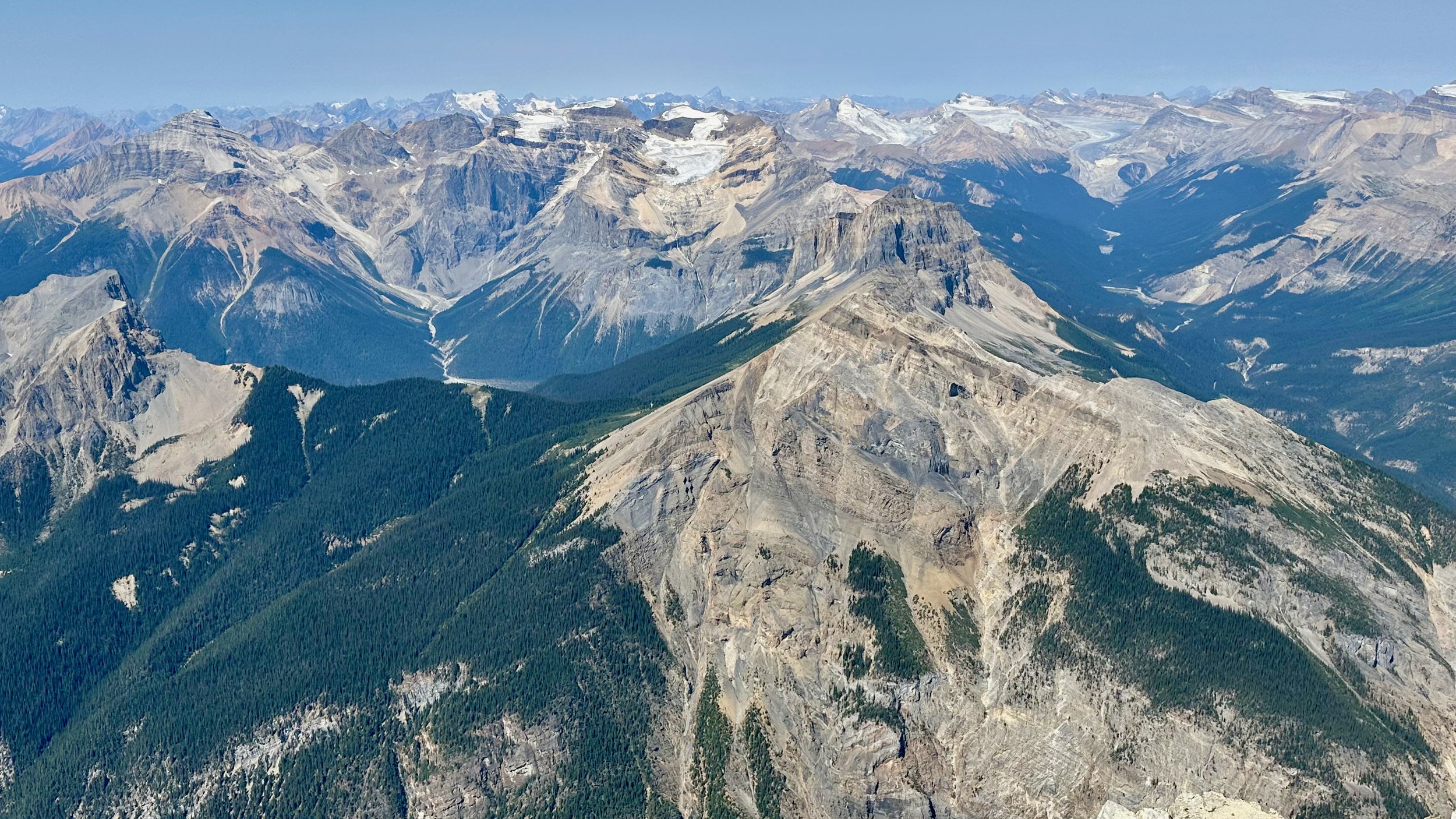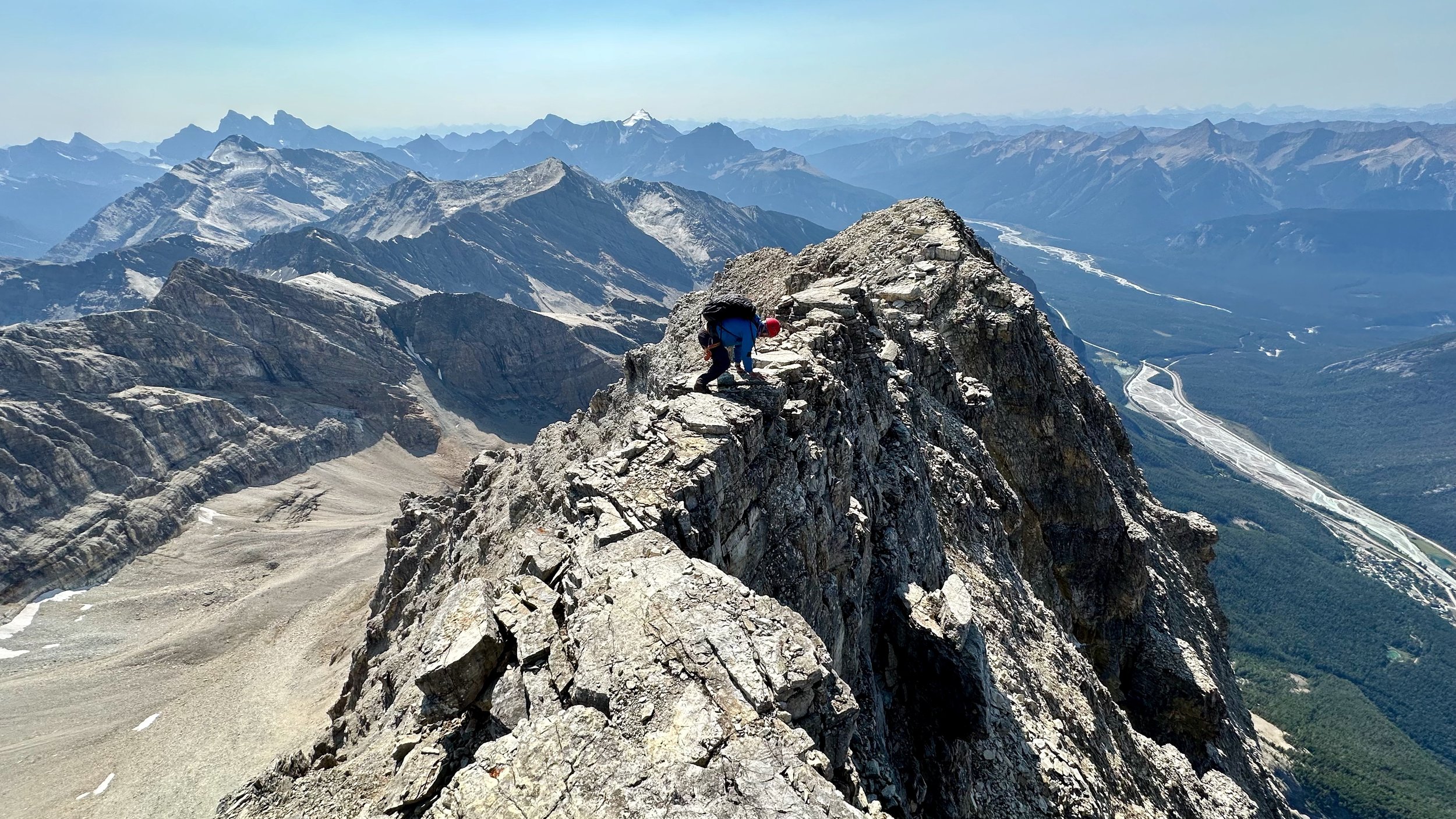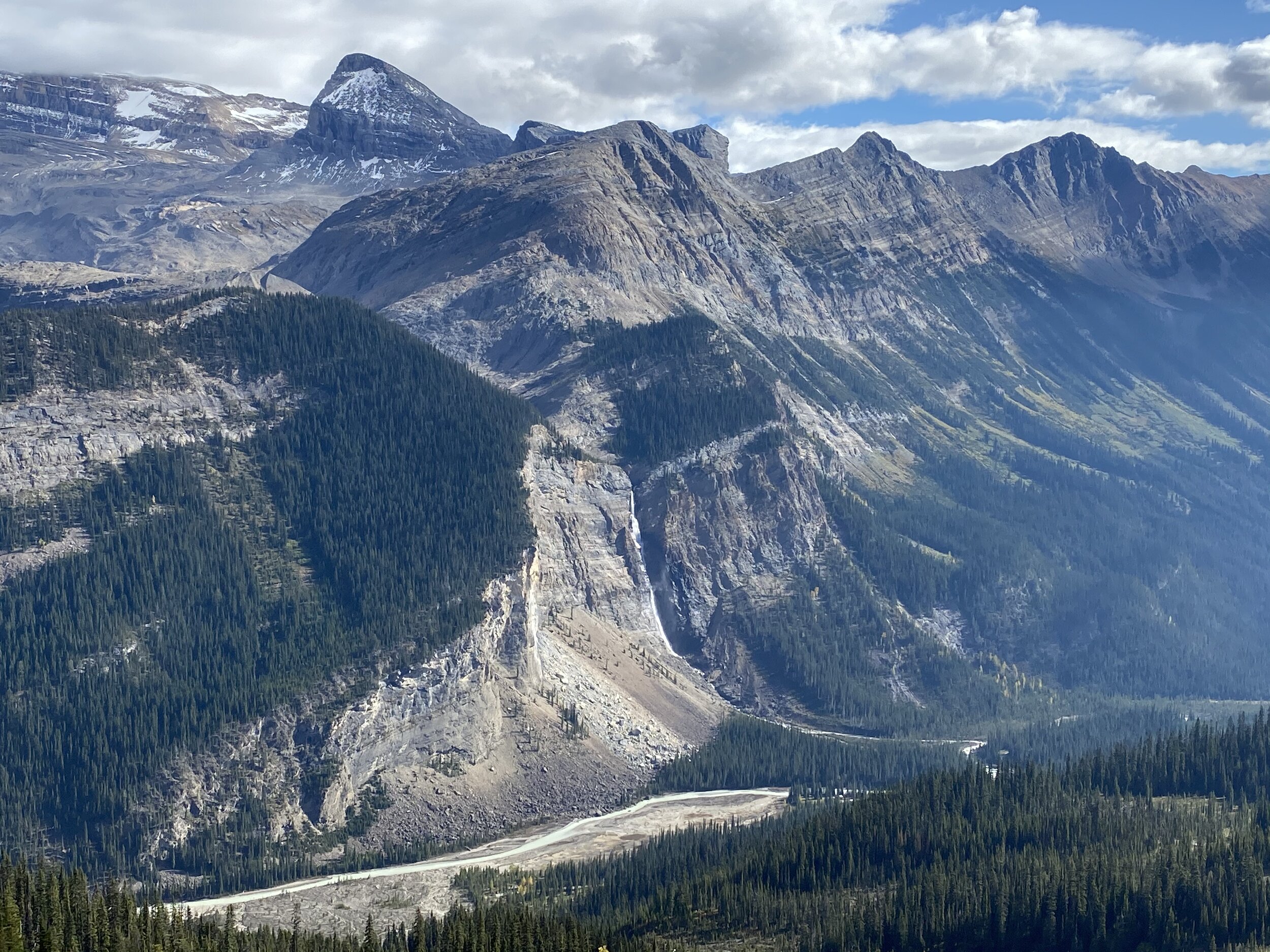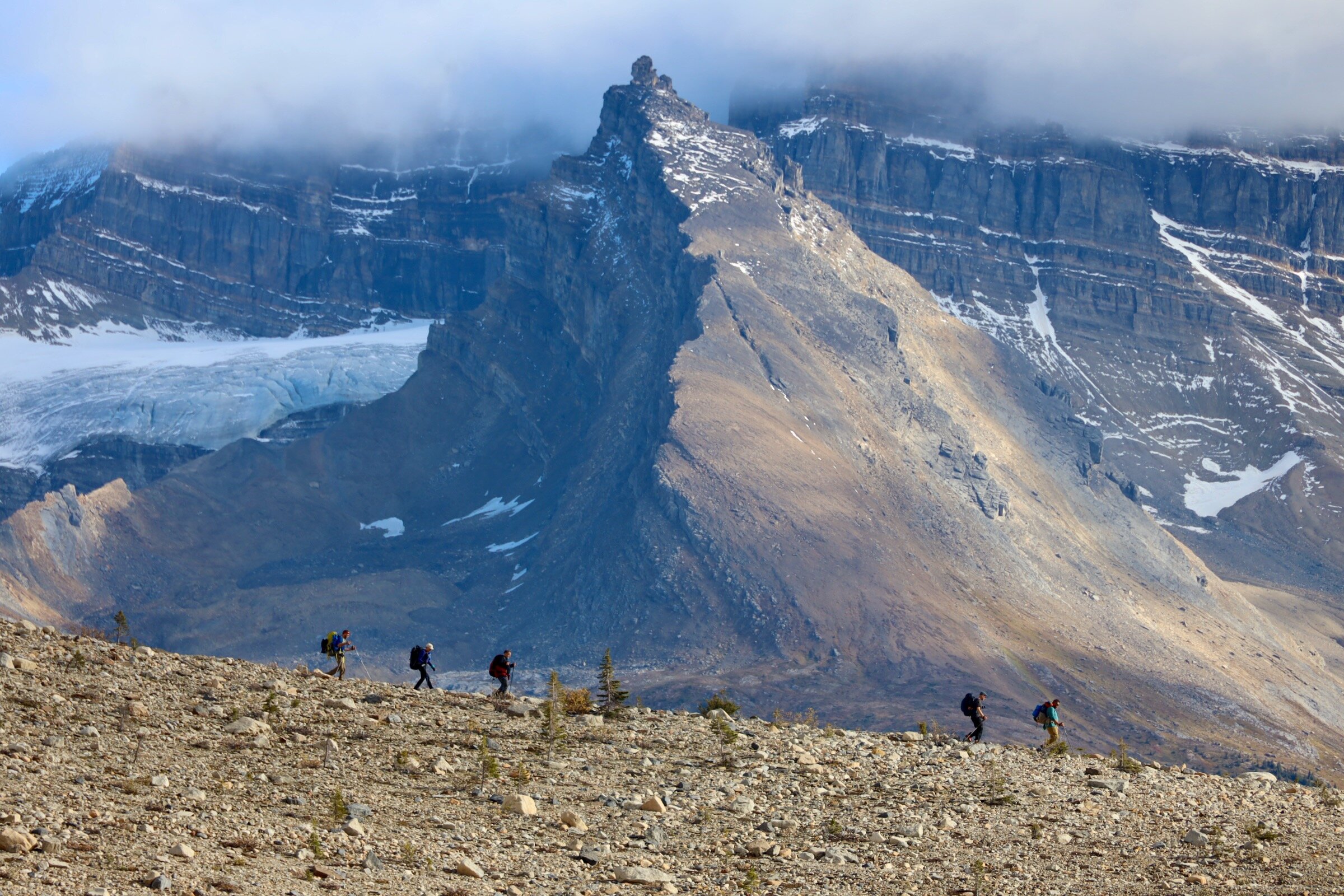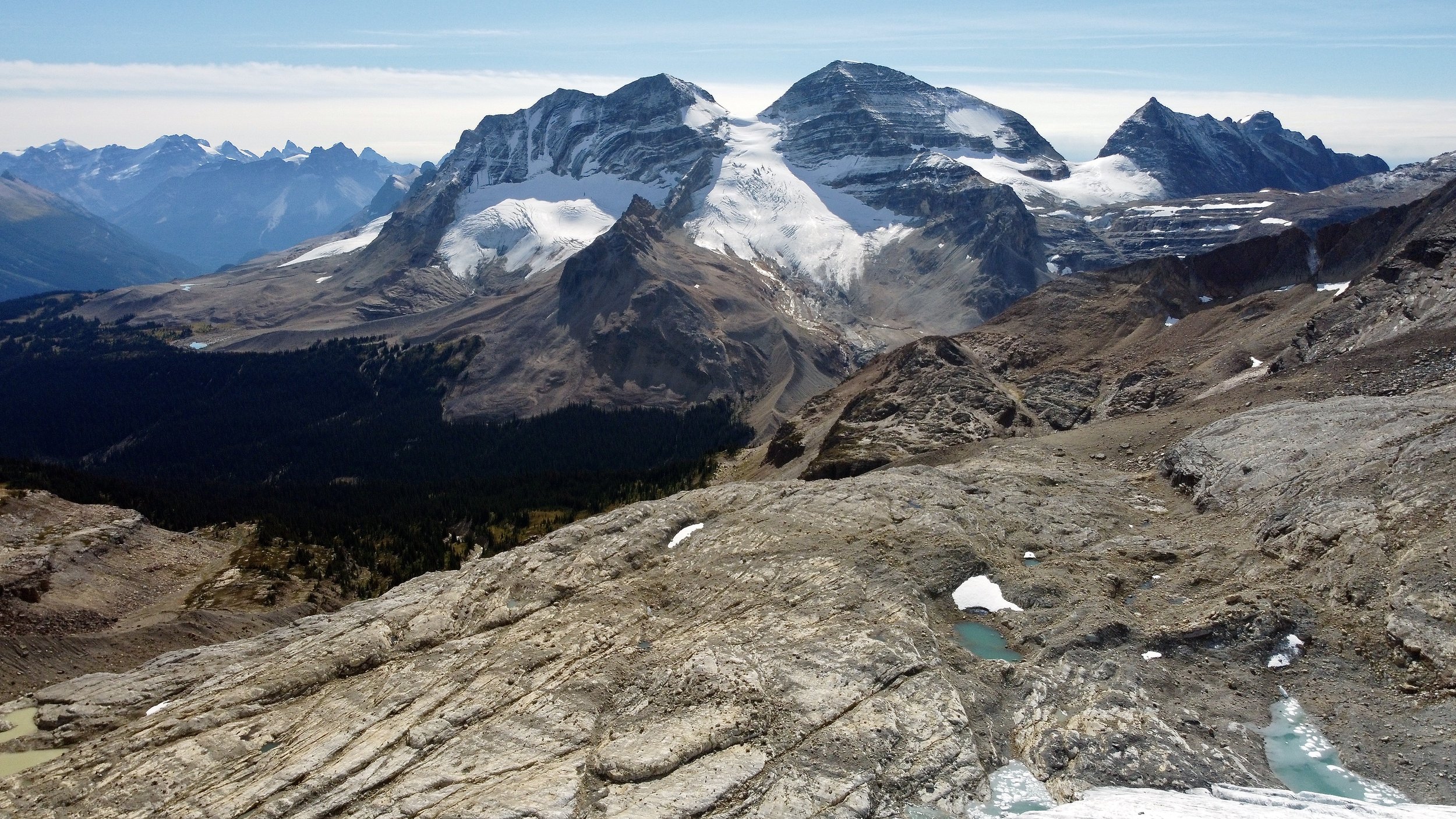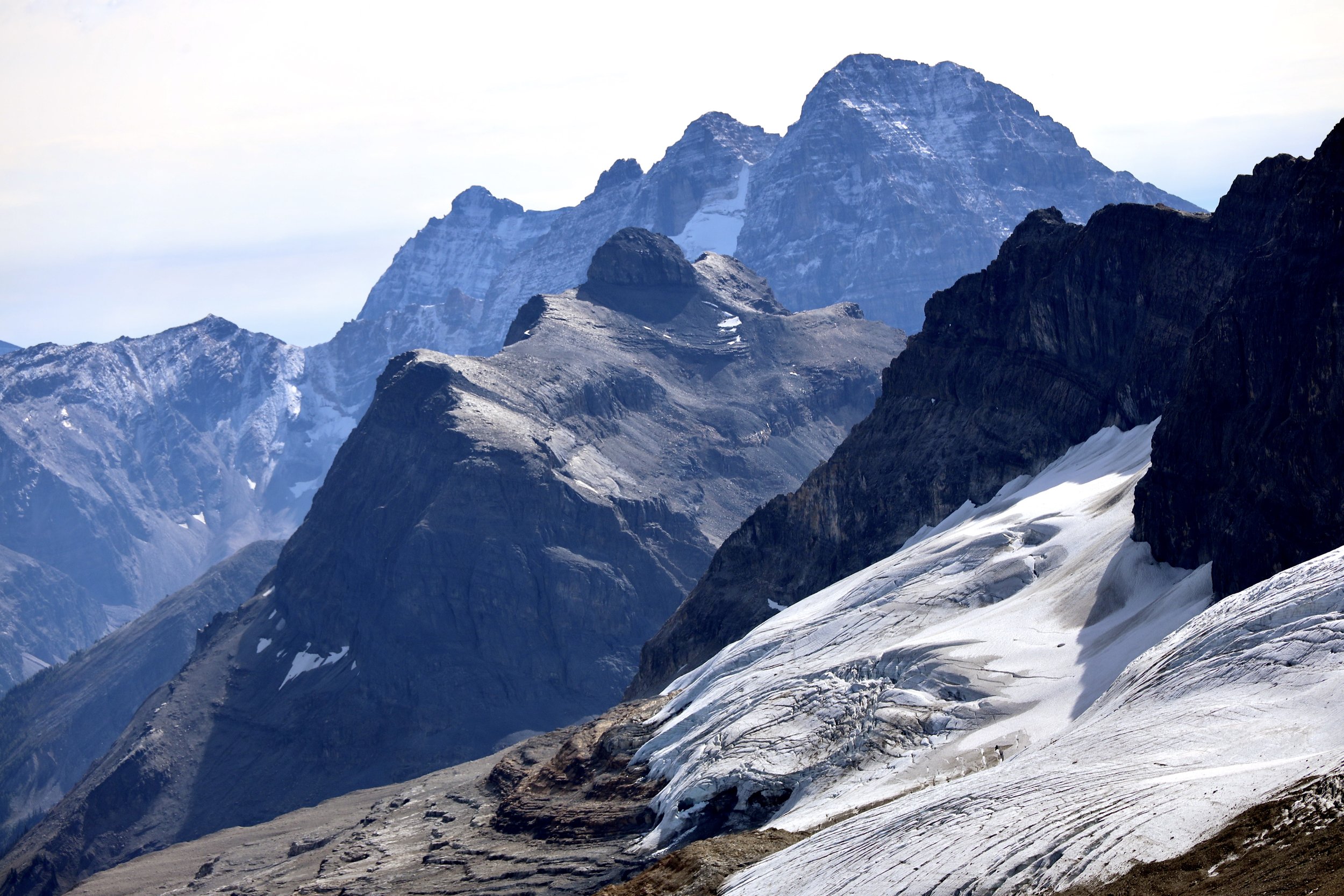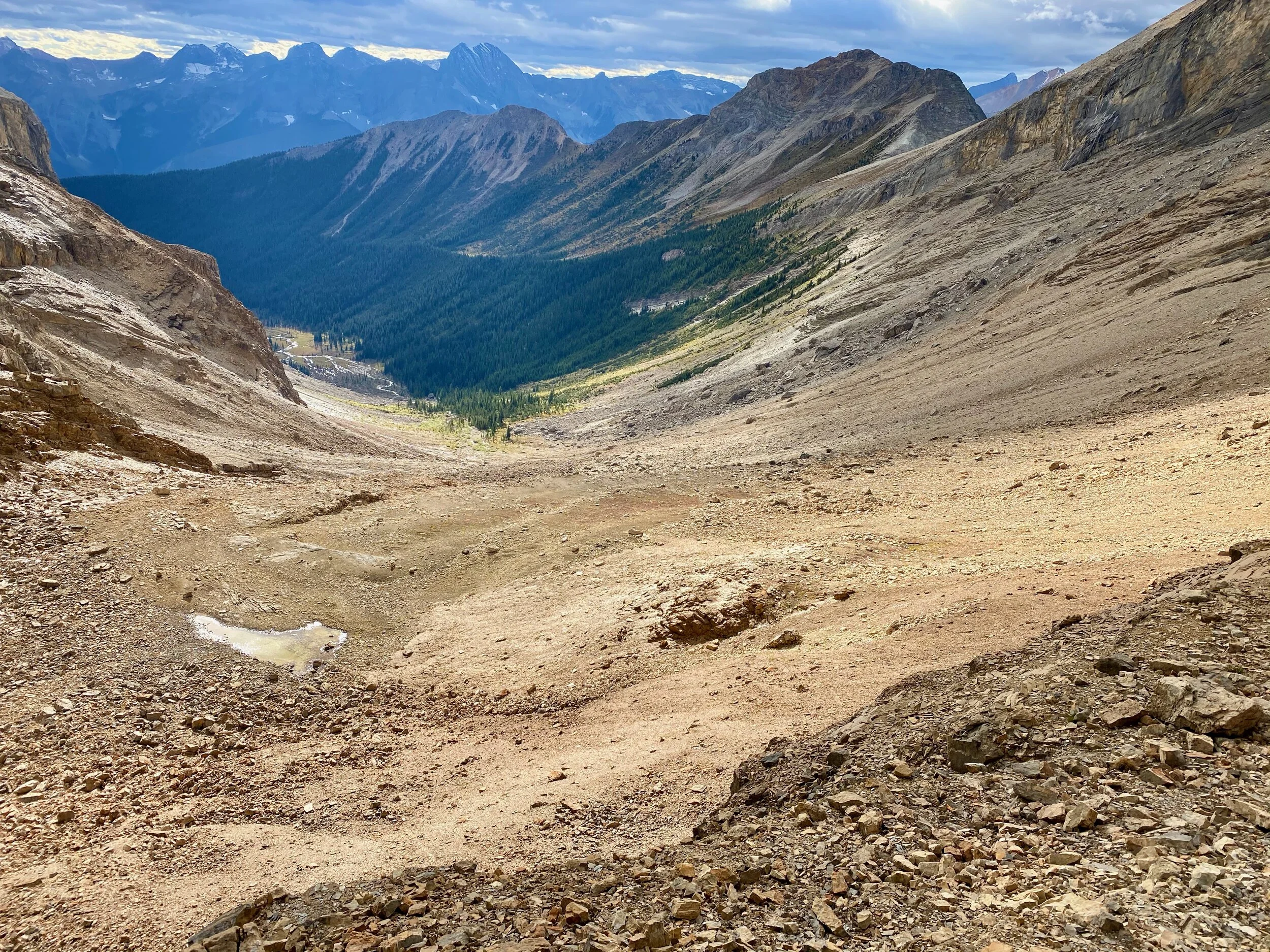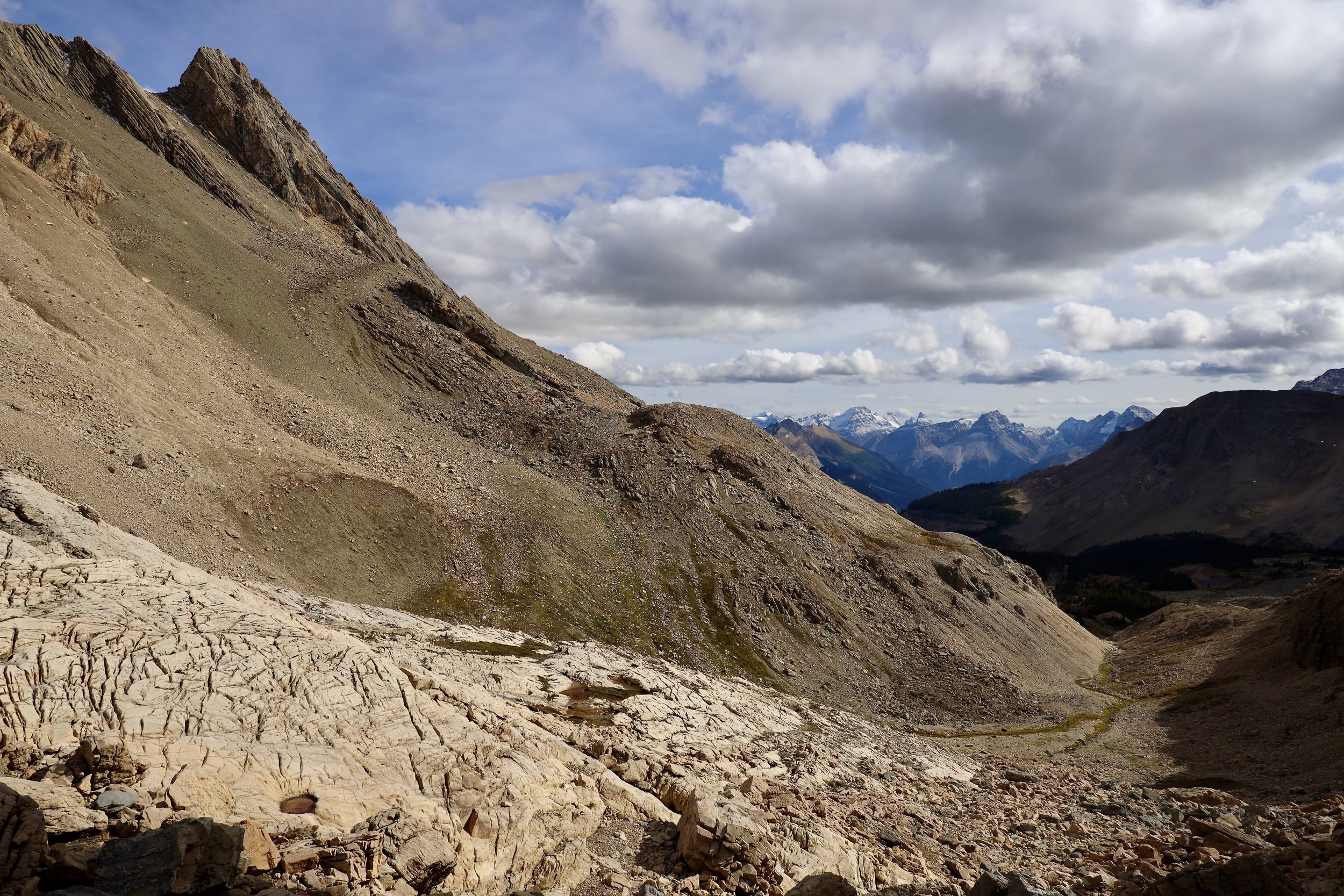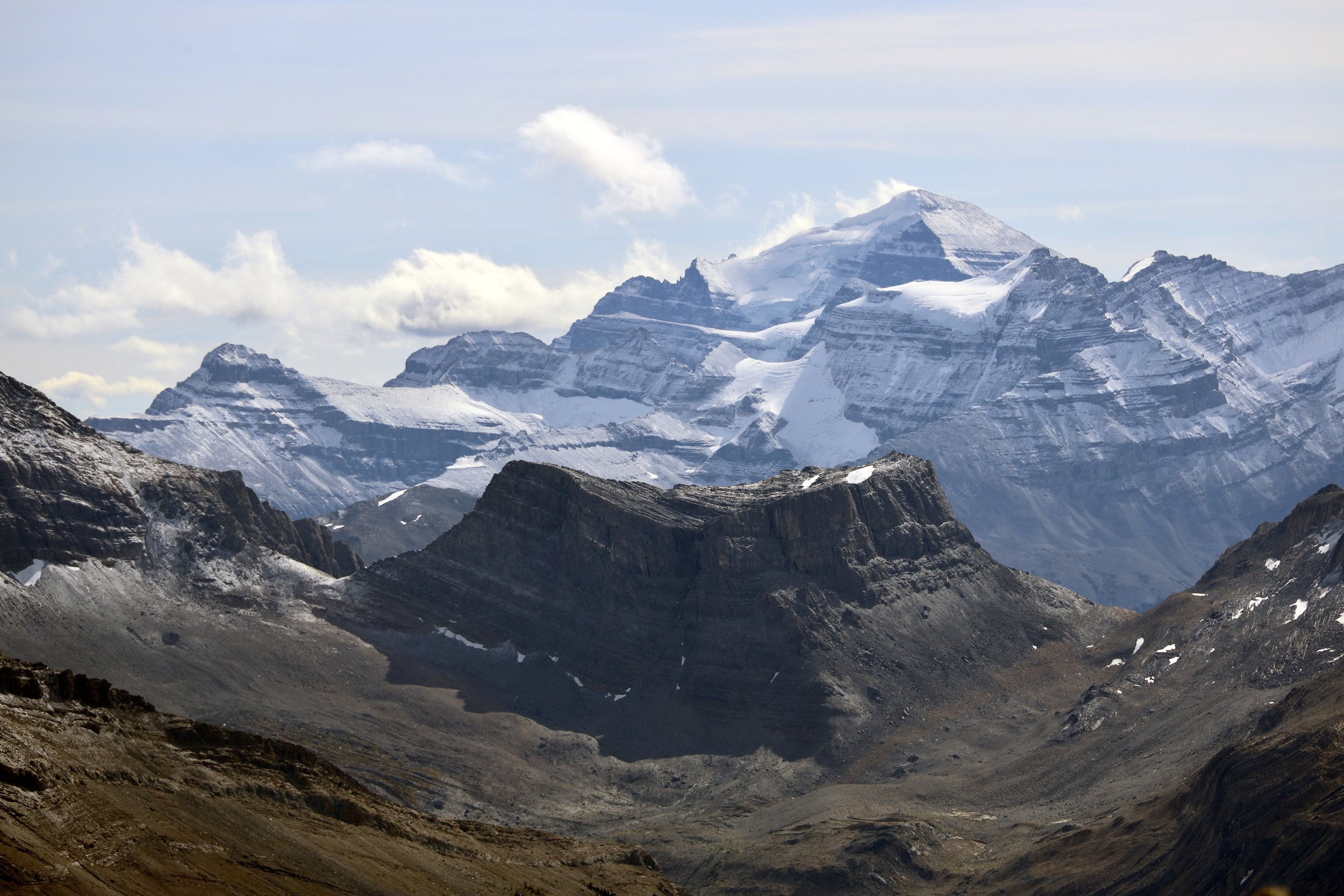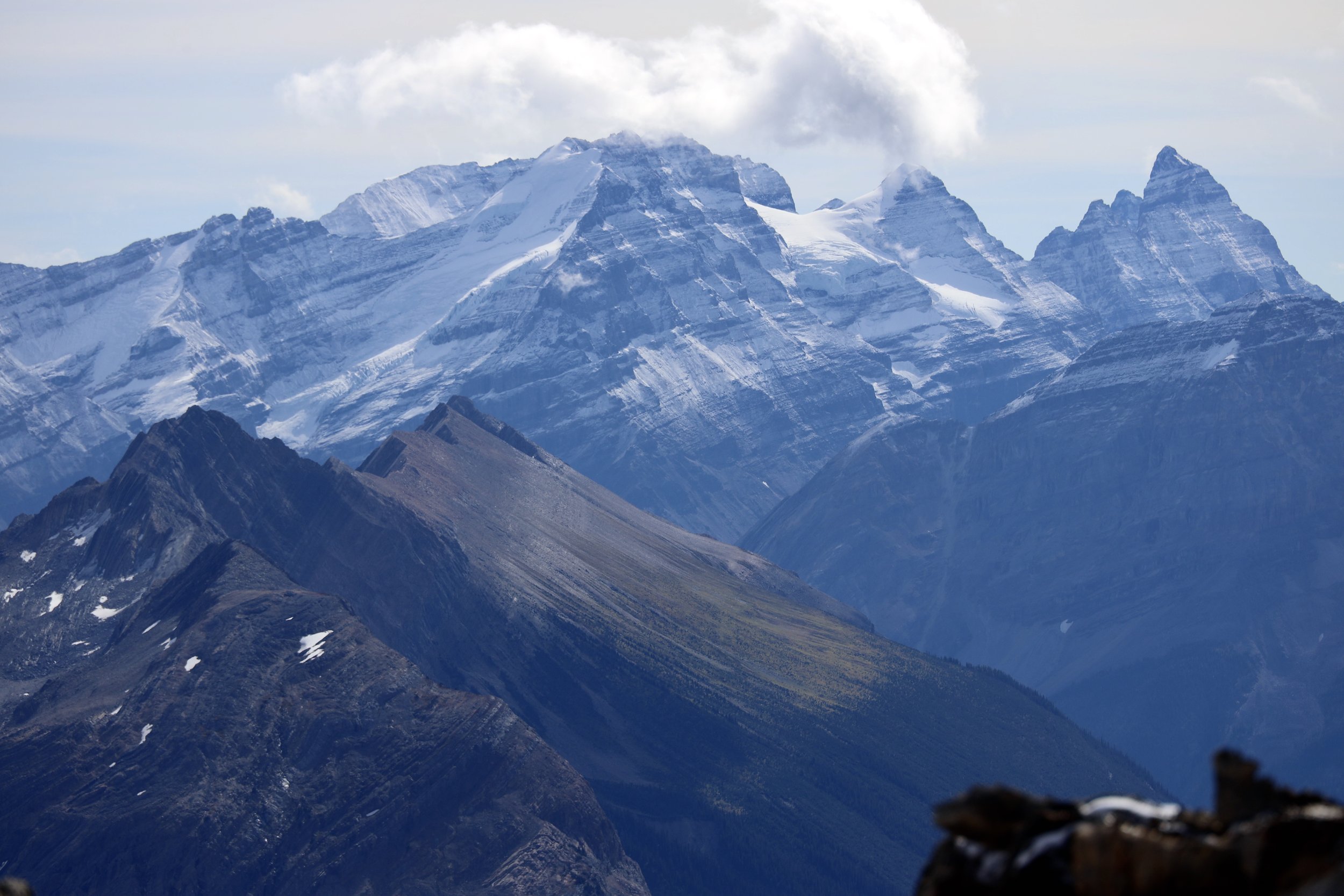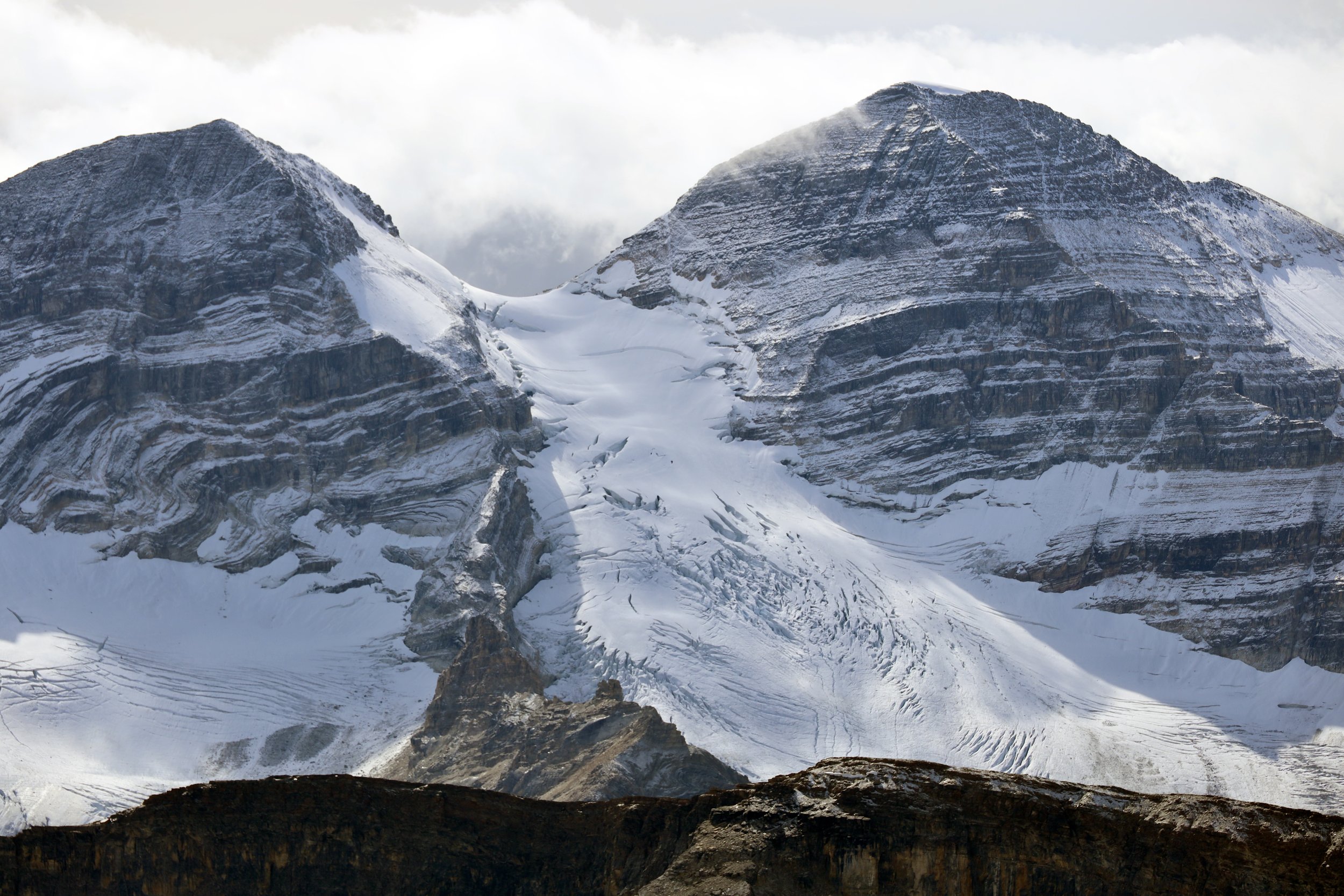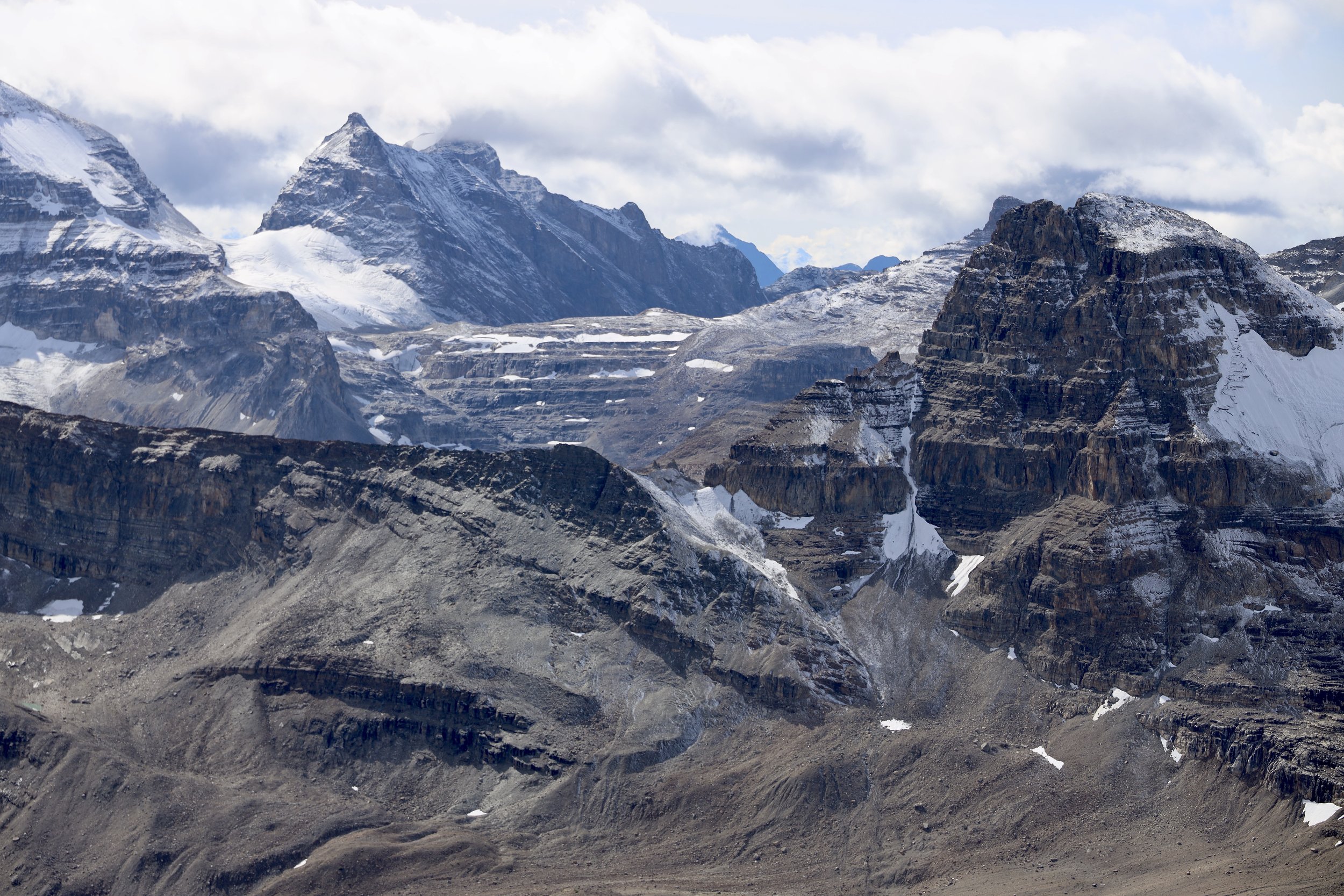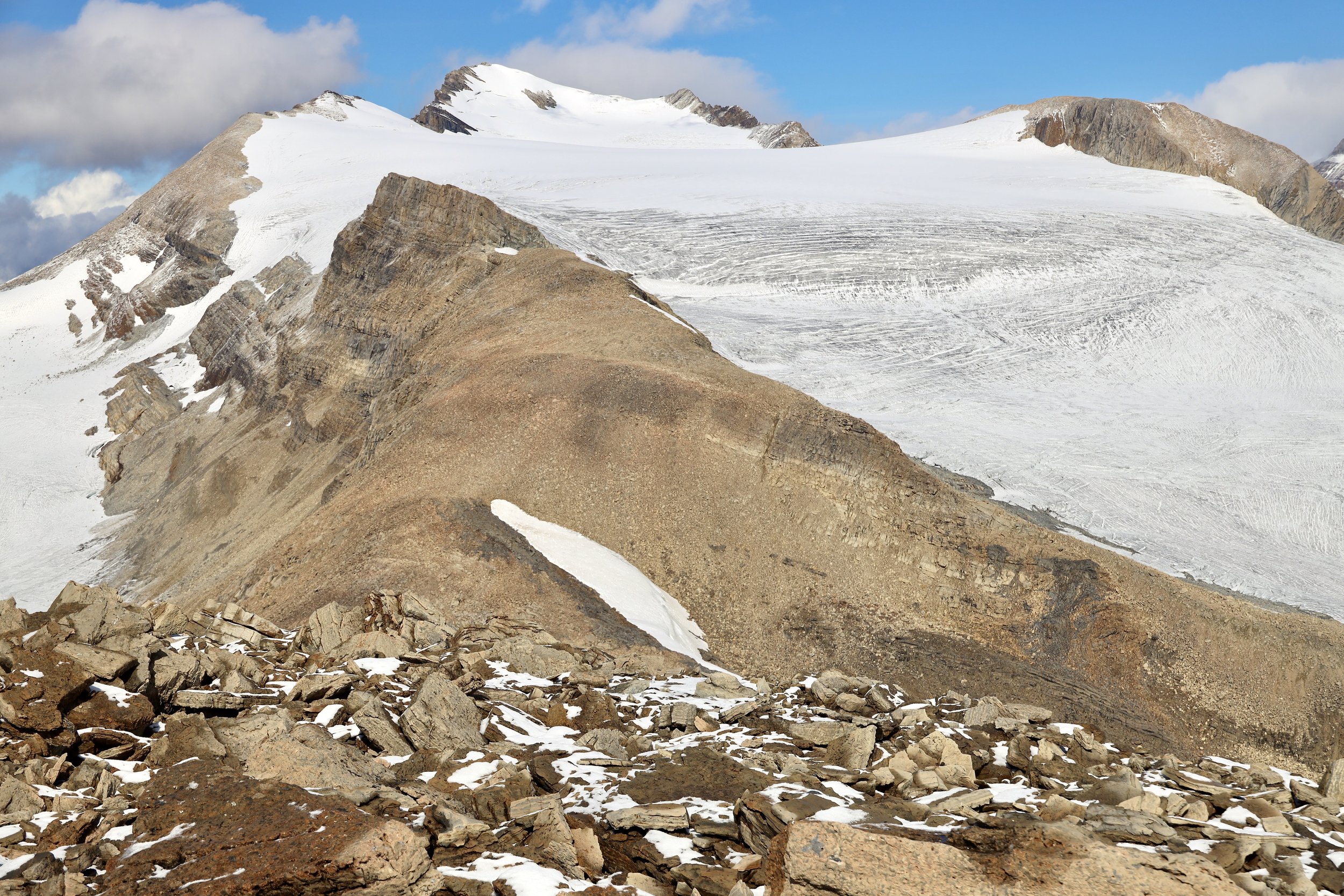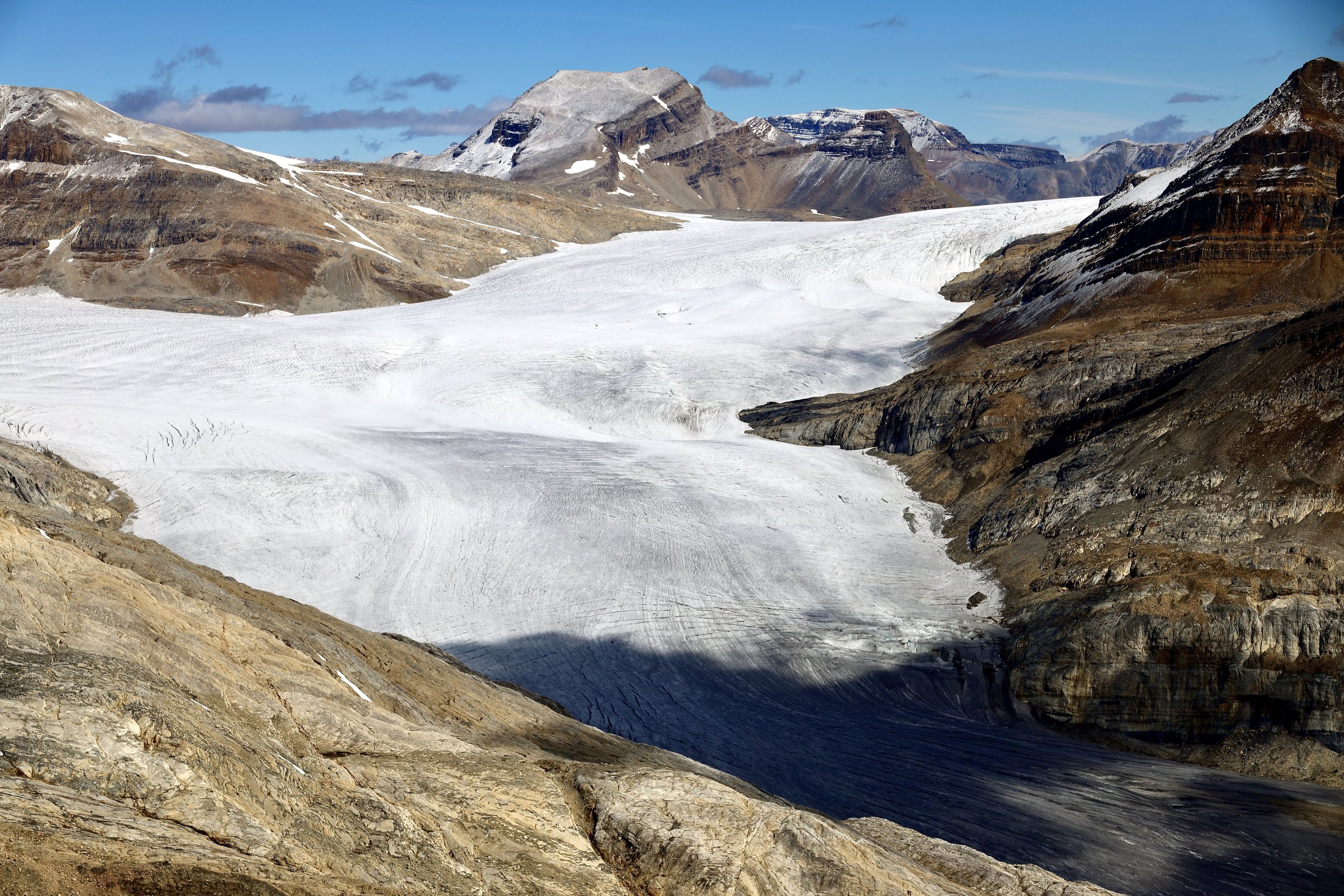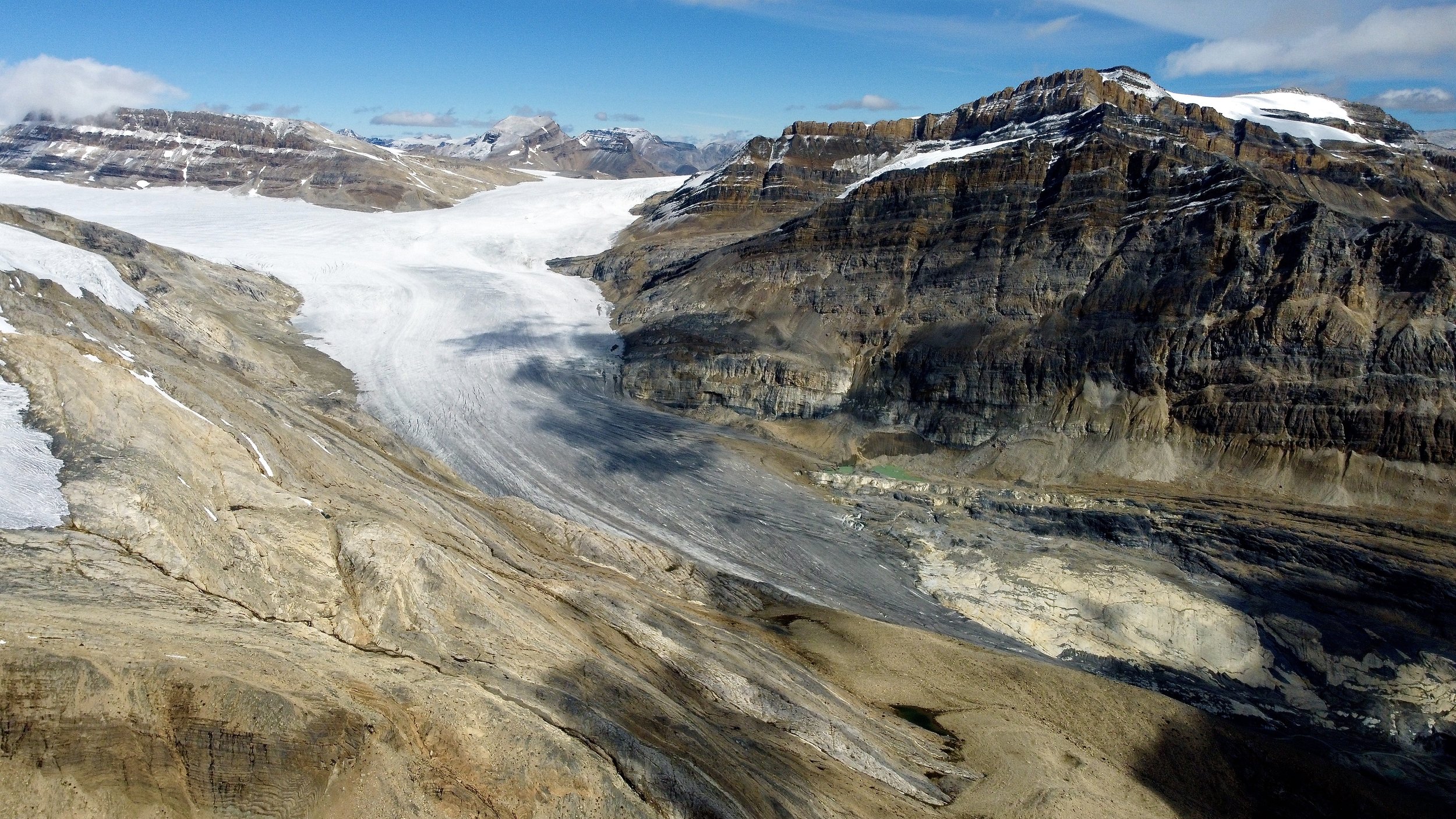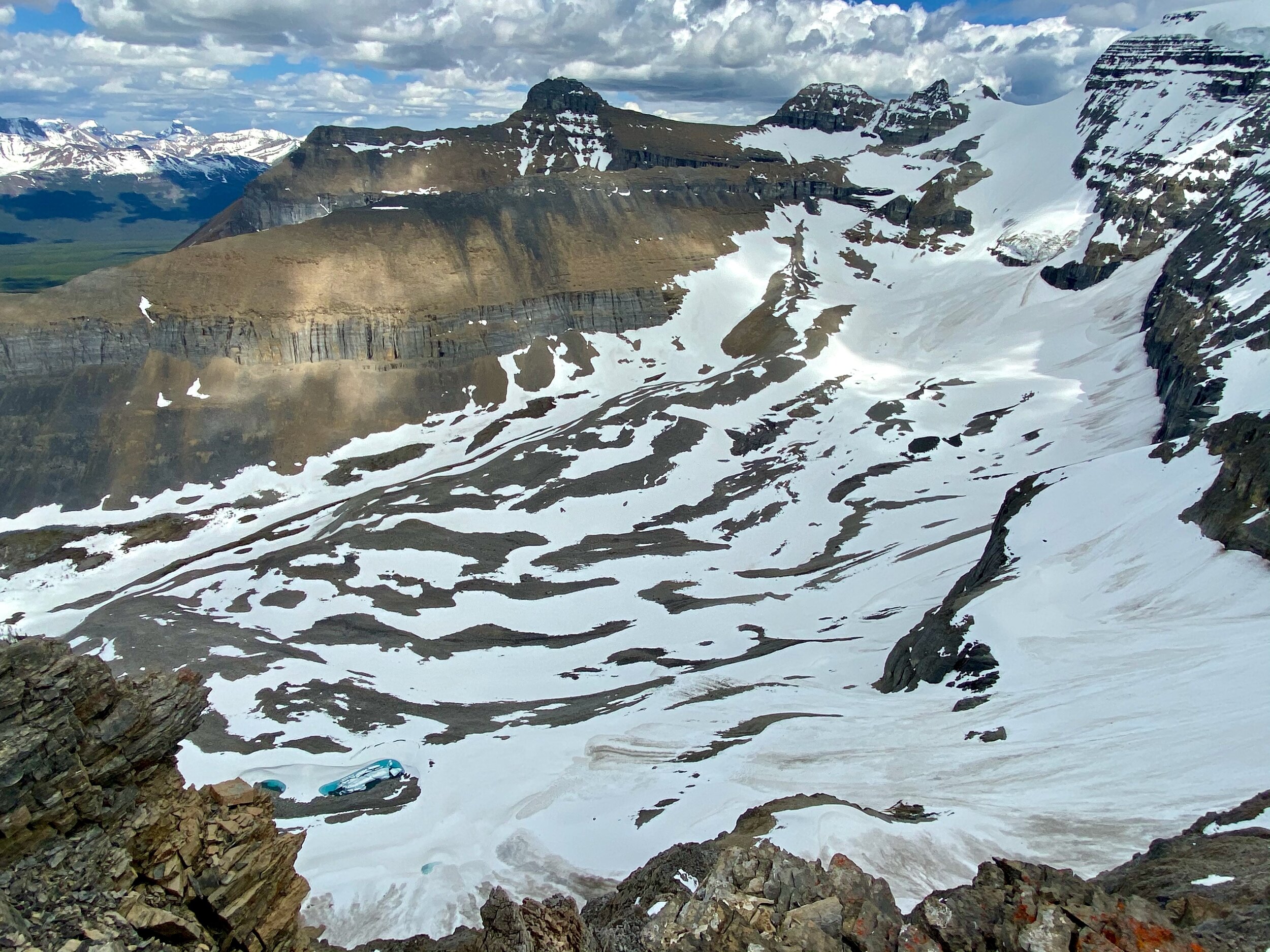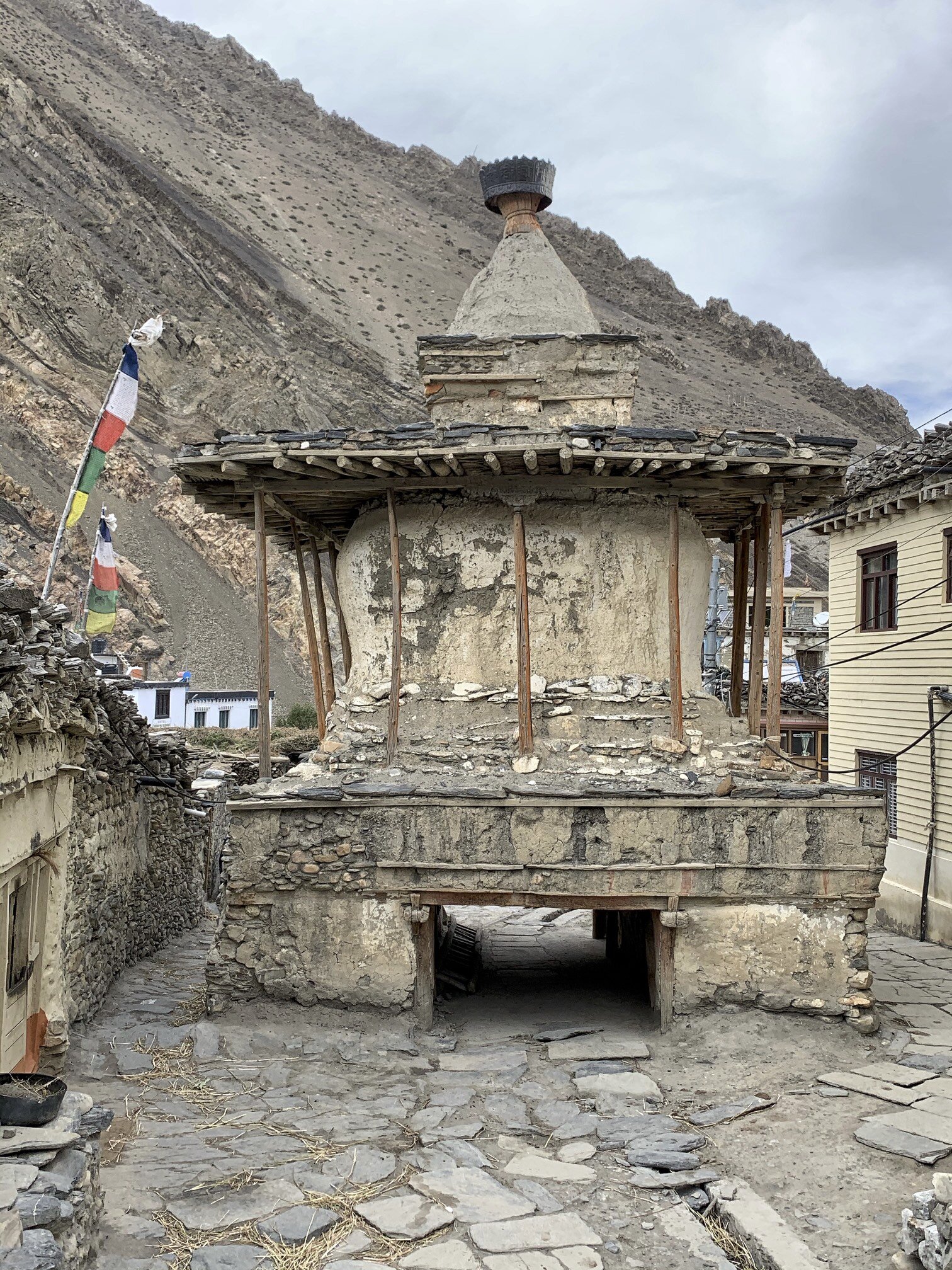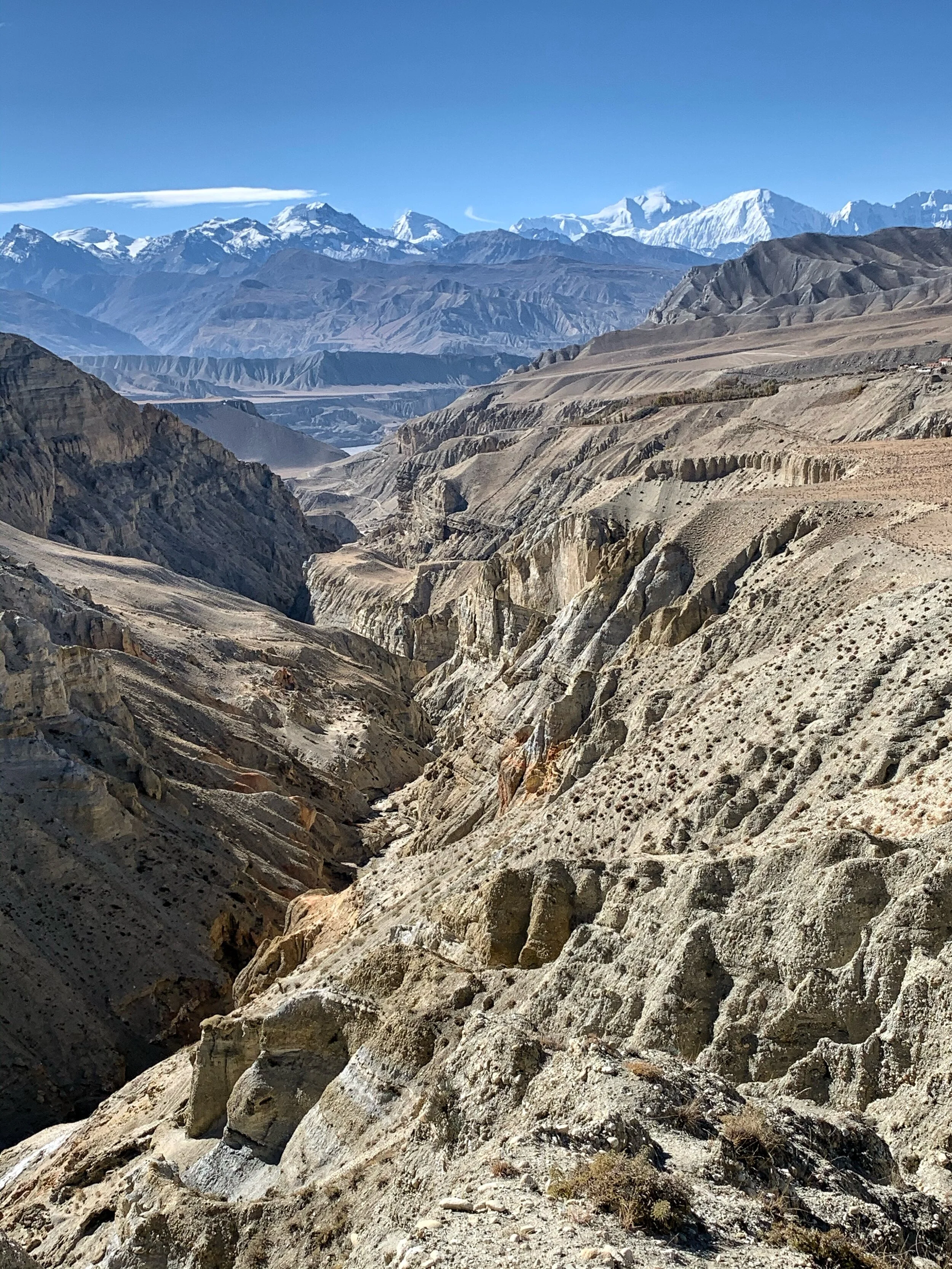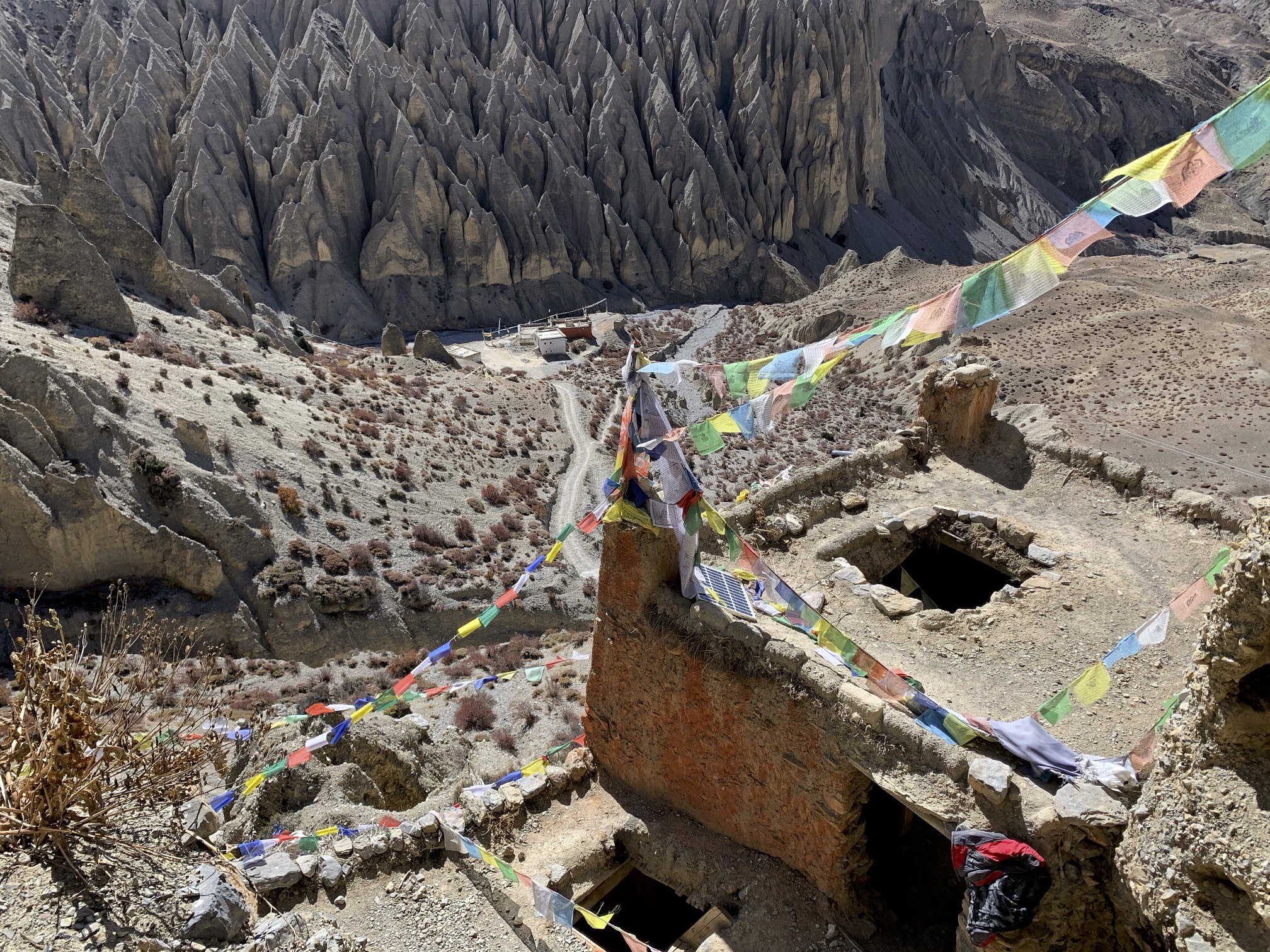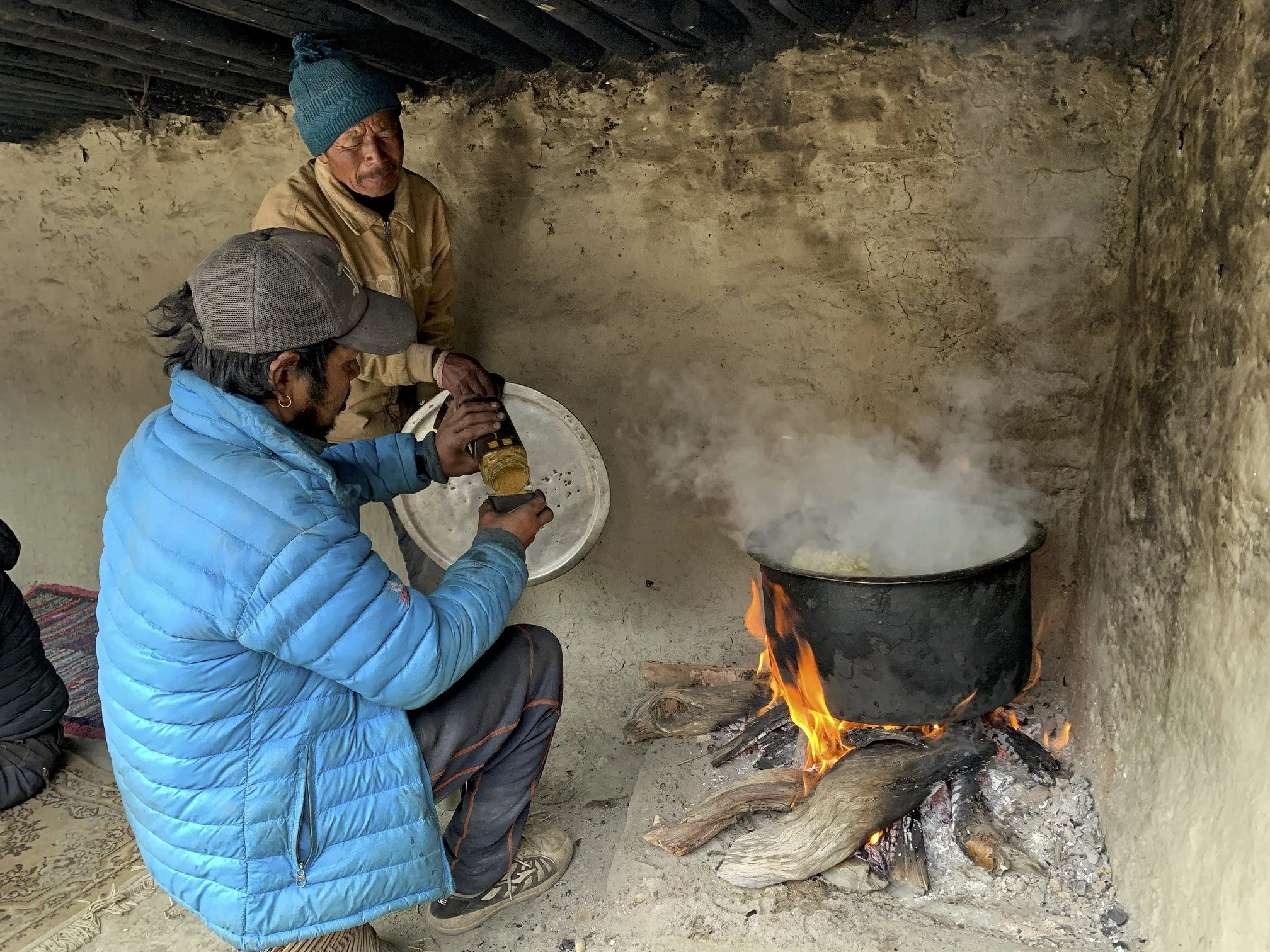Los Nevados National Park is a large high plateau in the middle of the Andean Spine of Colombia. At present (2021), the other popular areas for trekking are closed (Nevado Cocuy and higher ranges of Sierra Nevada de Santa Marta). This leaves the Nevados NP as a good option for multi-day trekking.
Our goal was to climb the Navado del Tolima, one of the volcanos on the plateau, with an altitude of 5,200m. My timing was not ideal as I was there outside of the normal climbing season of December - January. The mountain is quite isolated. It is 30-40km from the trailhead. Due to the amount of rain and the boggy nature of the high plateau, getting to the basecamp was quite an effort. It involved gaining 2,500m of elevation, liquid trails full of slippery volcanic mud, rain and fog, loosing trails and weather changes every 20min or so. All at an altitude of 4000m and above. Overall, it was a very hard trek for me due to the muddy conditions. We set out to climb the mountain only to be turned around by a snow storm at 4500m.
Despite the unsuccessful attempt to get to the top of Tolima, it was a fantastic trek through some very unique ecosystem of the high Paramo forest. The high Paramo forest is home to rare plants and trees that are found only in 3 countries in the world. Furthermore, the area is inhabited by cowboys who live is these very harsh conditions. The farms where they live have been there before the National Park was established. The locals are a small group of men and women who adopted to this extreme environment with very basic and limited use of technology. This was a very different experience for me from the other areas in the Andes further south.
The outfitter Andes World Travels and my guide Herman Vike have made my experience great despite all the challenges of the rainy season in the high plateau.
At the trail head. Getting the bags ready for the horses who will transport them to the first camp.
The lower forest at 1800m was lush and thick.
Our first camp was in a community maintained hostel complete with a restaurant and a manicured garden!
Diego Machete, the horseman who transported our bags for the first half of the trek.
Numerous waterfalls drain the water from the high plateau to the forests below.
The first camp is located in this beautiful area.
Our second day was quite long, 21km and an elevation gain of 2,000m (from 1,800 to 3,800m). Our final destination was the farm called BERLIN.
We had great views until we climbed into the clouds that seem to hang permanently at the edge of the high plateau of the Los Nevados National Park.
We passed by some beautiful but very simple farms as we climbed higher.
The vegetation started to change as we gained altitude
Finally, BERLIN came into view. It is located in spectacular surroundings at an altitude of 3,800m.
Diego and our stuff.
Another member of the Machete clan.
Saddles in the Berlin farm
The very basic living at the Berlin farm. Despite the simple conditions, the farm is welcoming and comfortable.
Maria runs the farm and provides all care to the visitors. The place is immaculately clean and the hospitality is fantastic. It reminded me of the Nepali tea houses where people sit around the kitchen fire and exchange stories.
The farm kids work hard from a young age. They get involved in animal work and seem to know their way around quite well.
We needed the help to find the trail through the Paramo in the fog and rain. Before we could depart, the cows had to be milked first. It is a real working farm. The farmers sell cheese that they make using methods dating two centuries. There is no machinery or modern equipment.
The high Paramo forest
From Berlin we climber higher to 4,000+. As we ascended the fog became thicker and it started to rain. The water and horses turn trails into a liquid. The volcanic ash is very slippery when wet and each step seems to be an effort.
Wet and dirty from the mud
The La Playa form at 3700.
Beautiful evening at the La Playa farm
Unnamed collapsed volcano near La Playa
Nevado del Tolima
Nevado del Tolima glaciated summit
A dog’s day at La Playa
My futile attempt to dry my pants after a day of hiking to La Playa
Going to the basecamp for Nevado del Tolima
BC for Nevado del Tolima
The view from the BC. The weather looked promising. The weather turned in the night and we got snowed out at 4500m.
Carlos, our horseman and the owner of La Playa
Our final day was beautiful and clear!
The La Primavera farm
We had this spectacular view of the Nevado del Tolima and the surrounding area. If only we had weather like that the day before!
A beautiful view of the Nevado del Tolima 5,240m
Muddy trails
An incredible variety of vegetation
The view of the upper Cocora Valley
Cocora Valley
Cocora Valley and the famous Cocora palms
Salento
The view towards Los Nevados from the hill near Salento
Salento
Colourful Salento
The old coffee plantation jeeps are used as taxis in Salento
Salento
Salento main square













